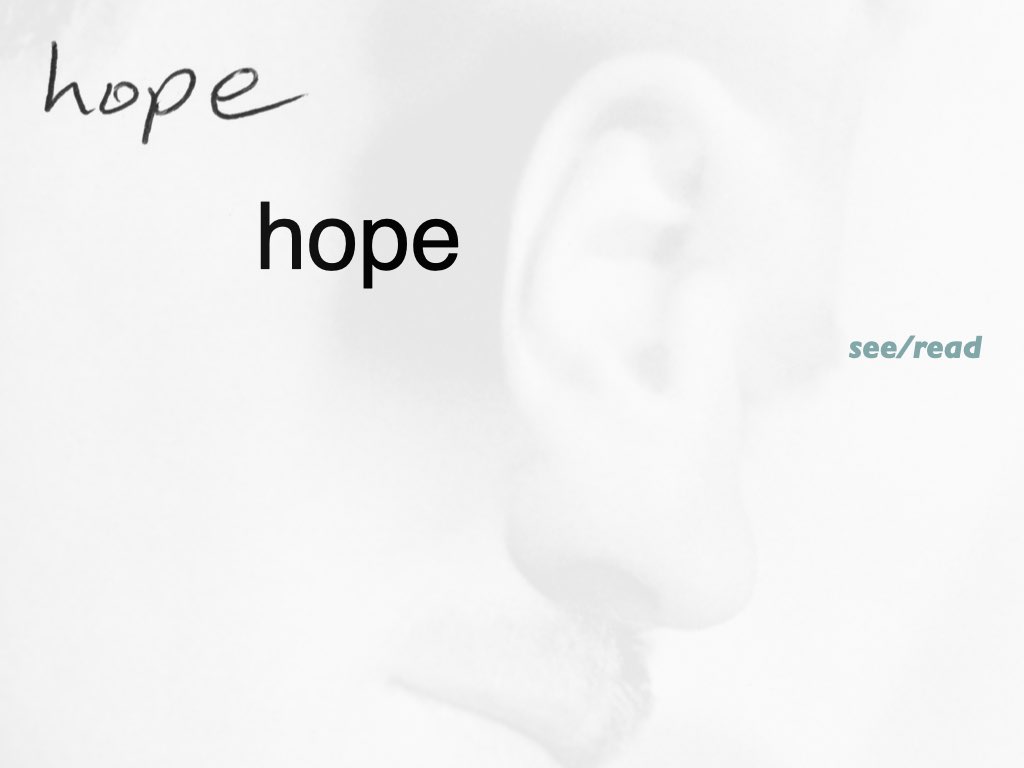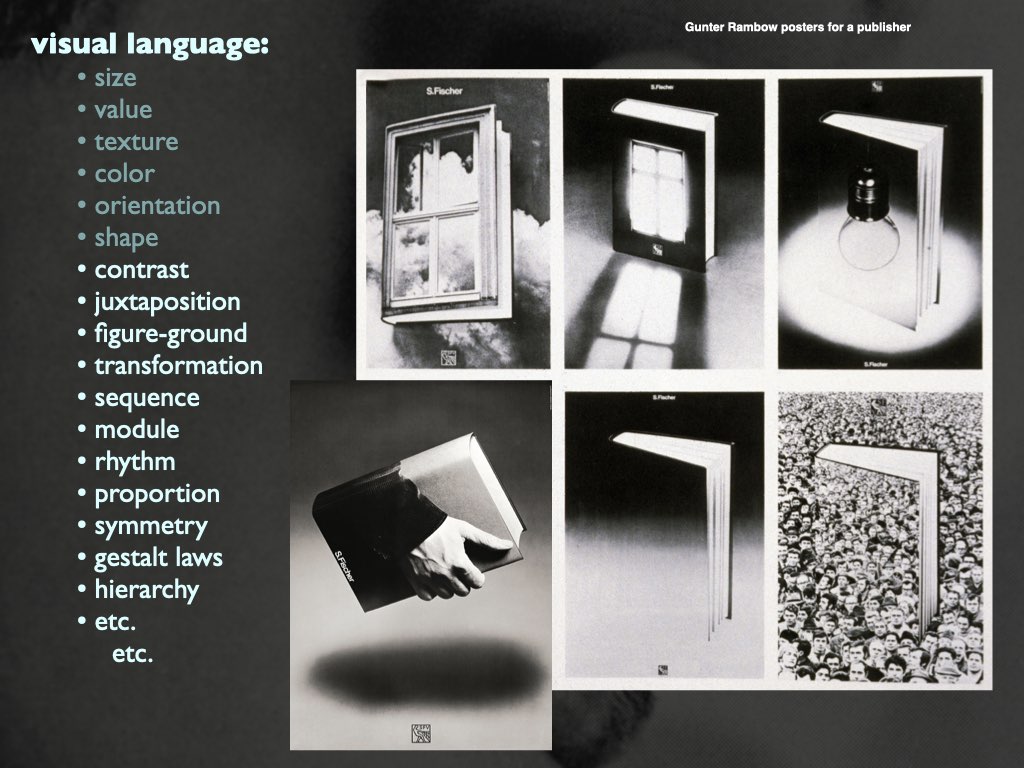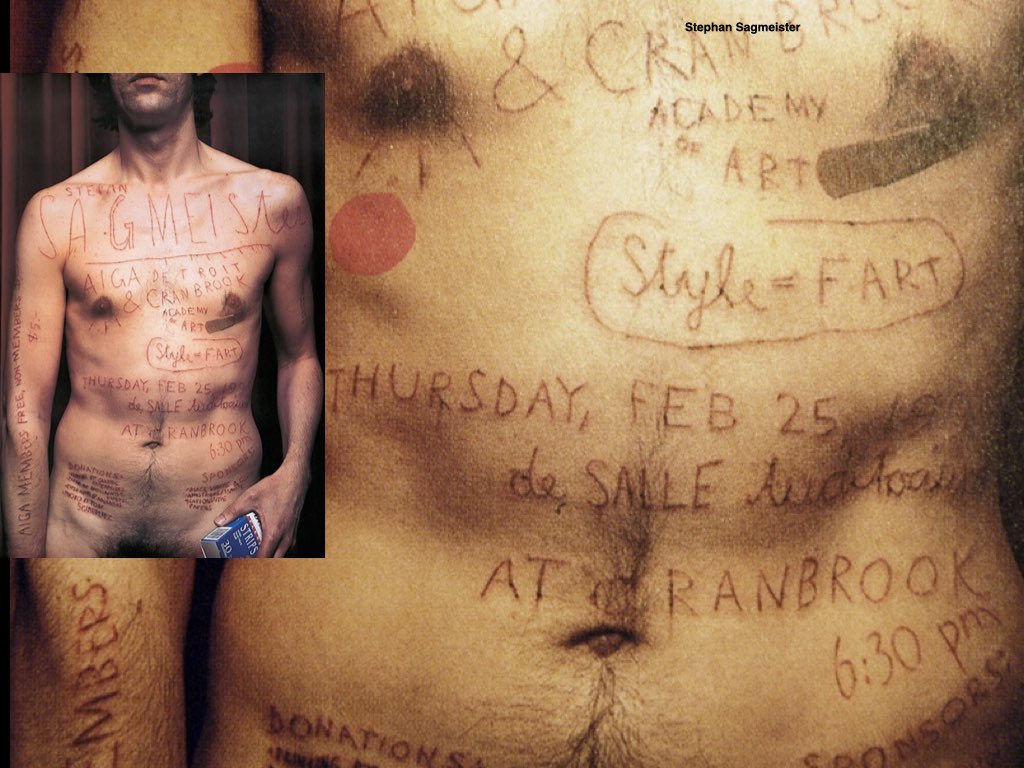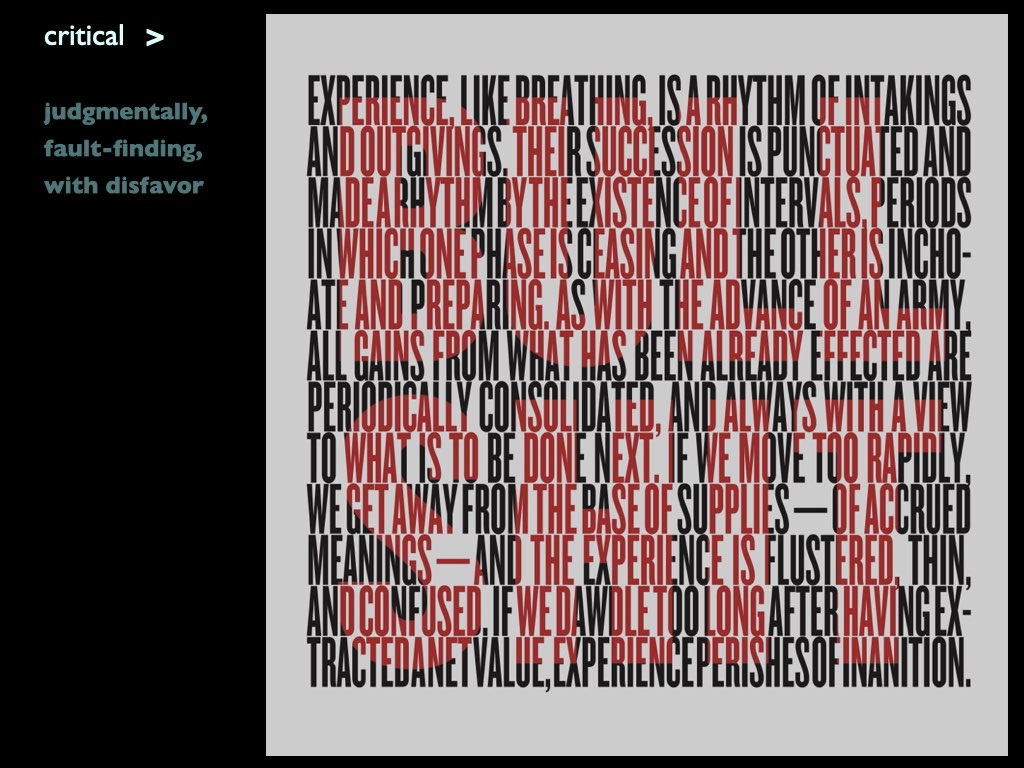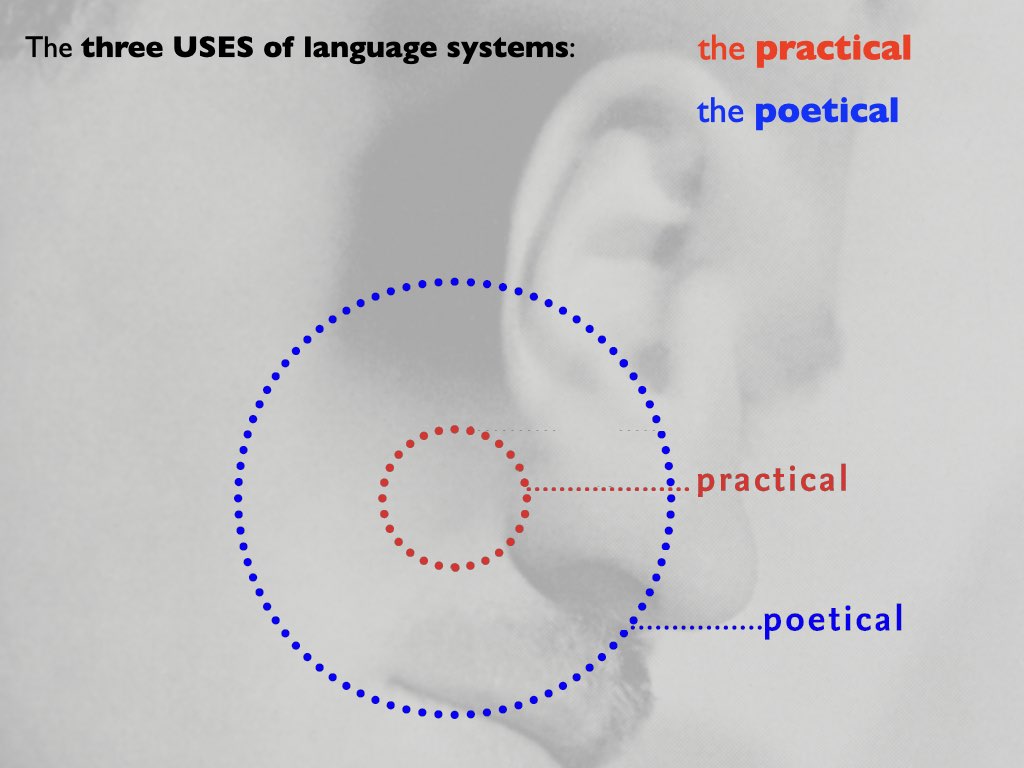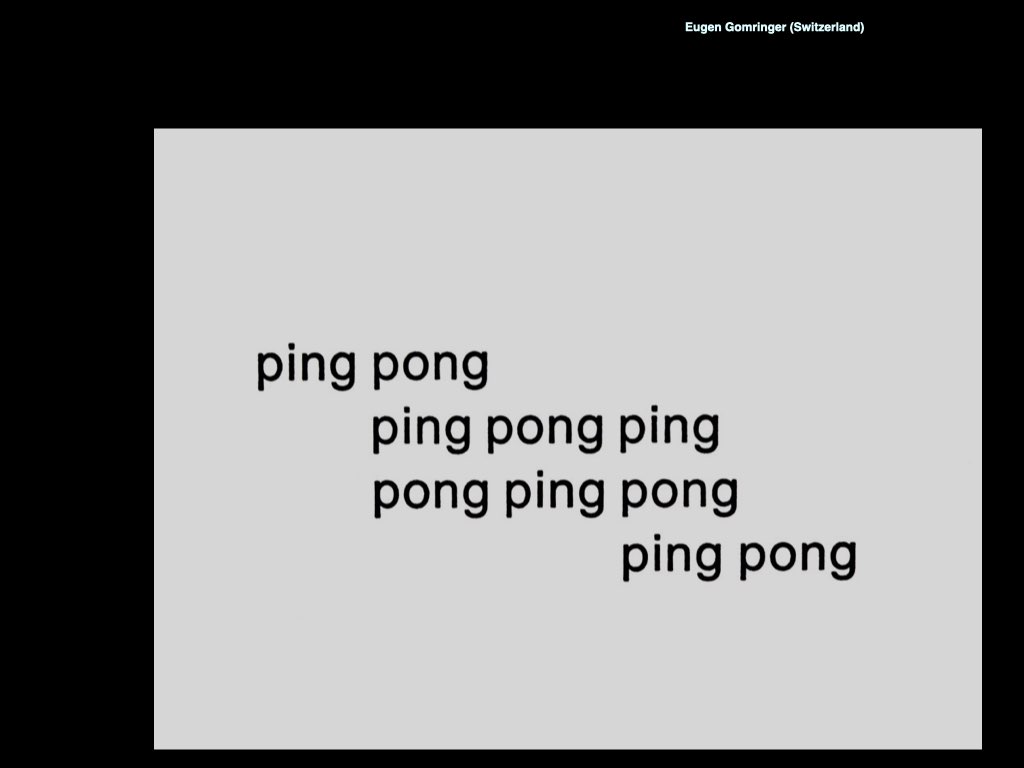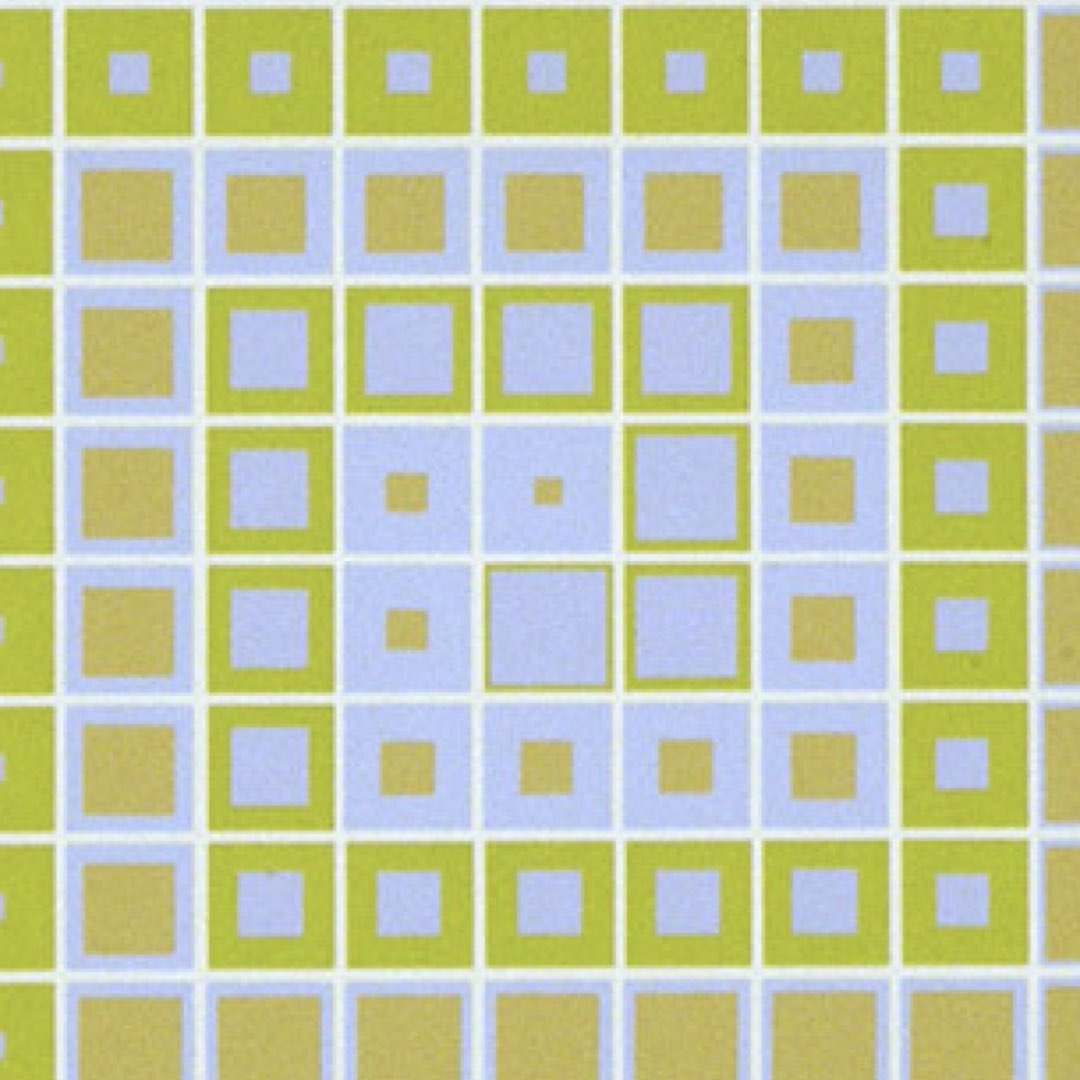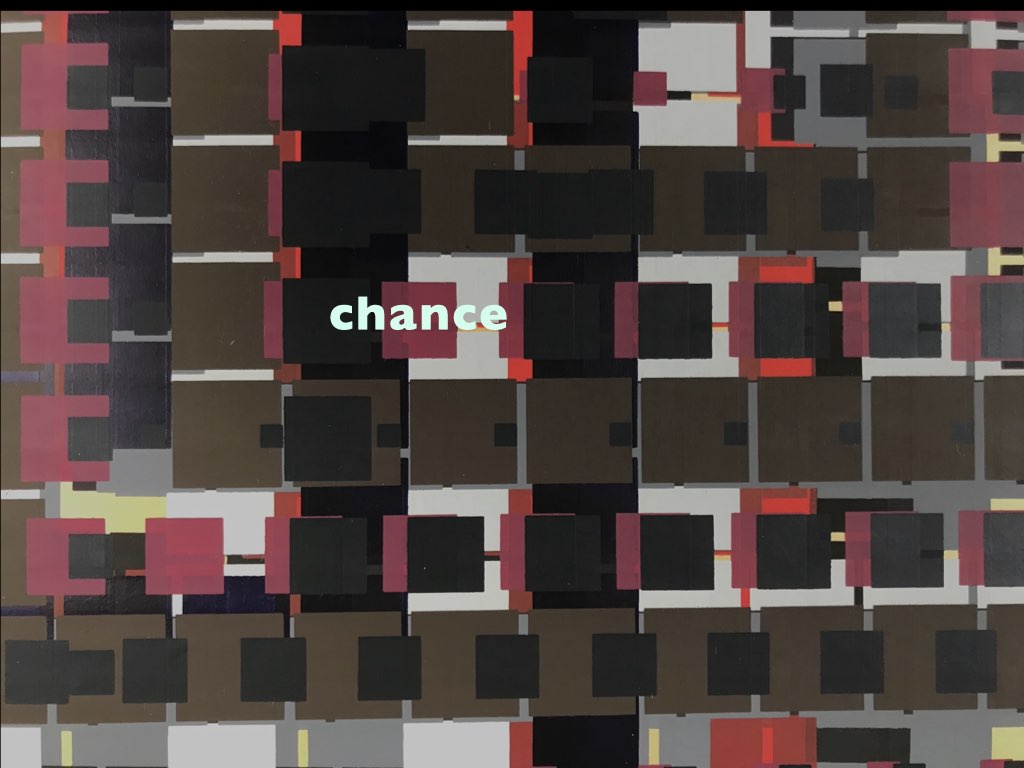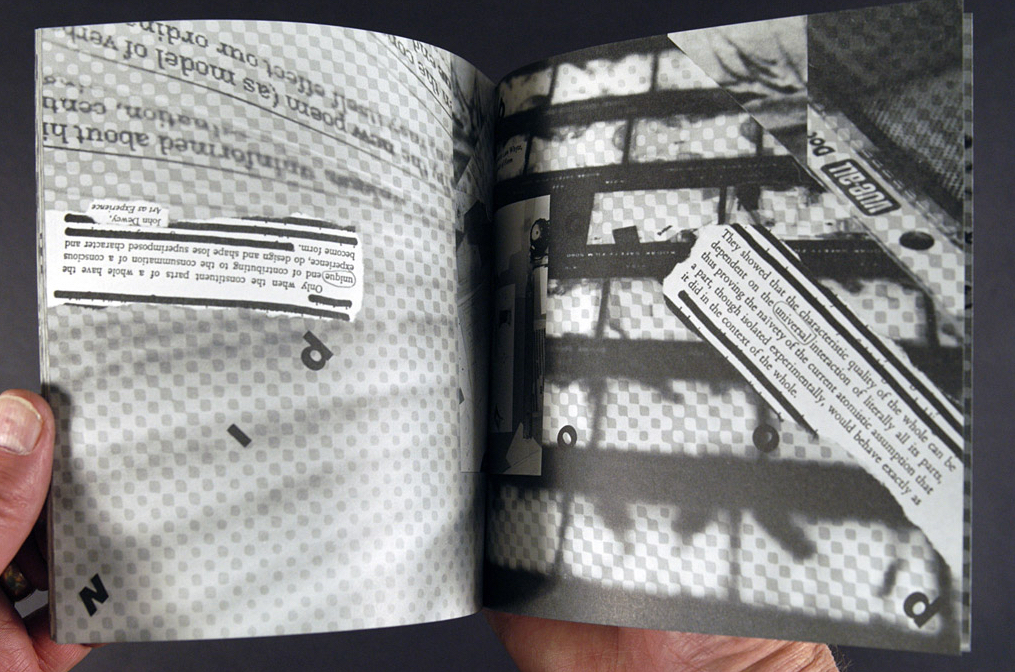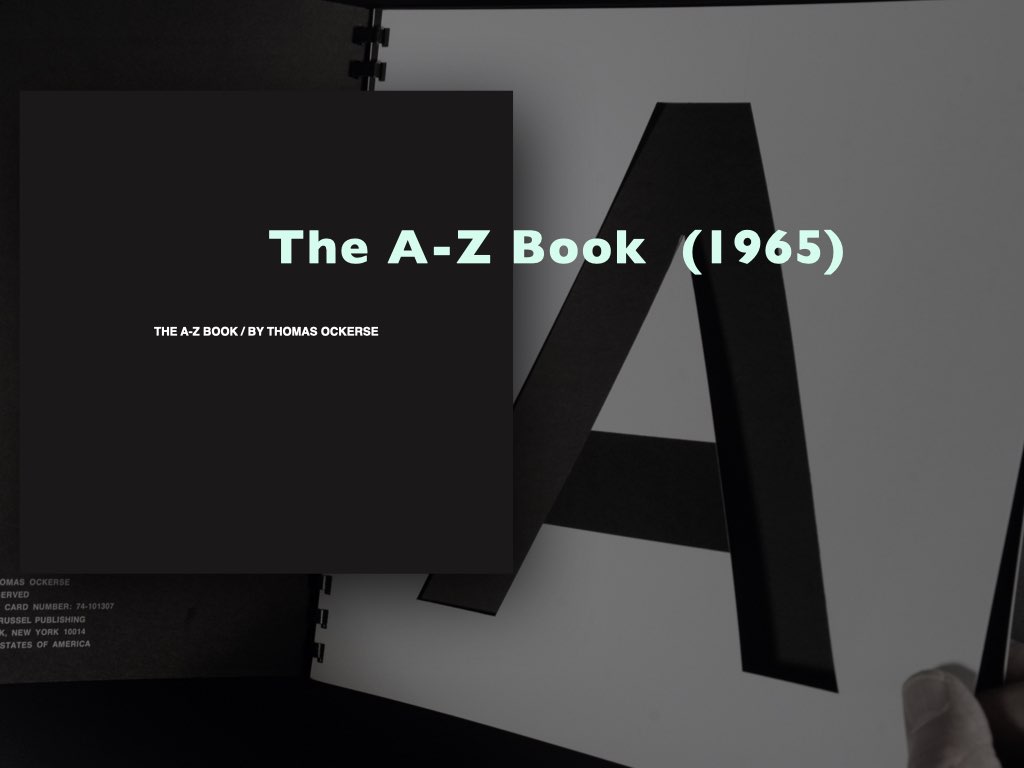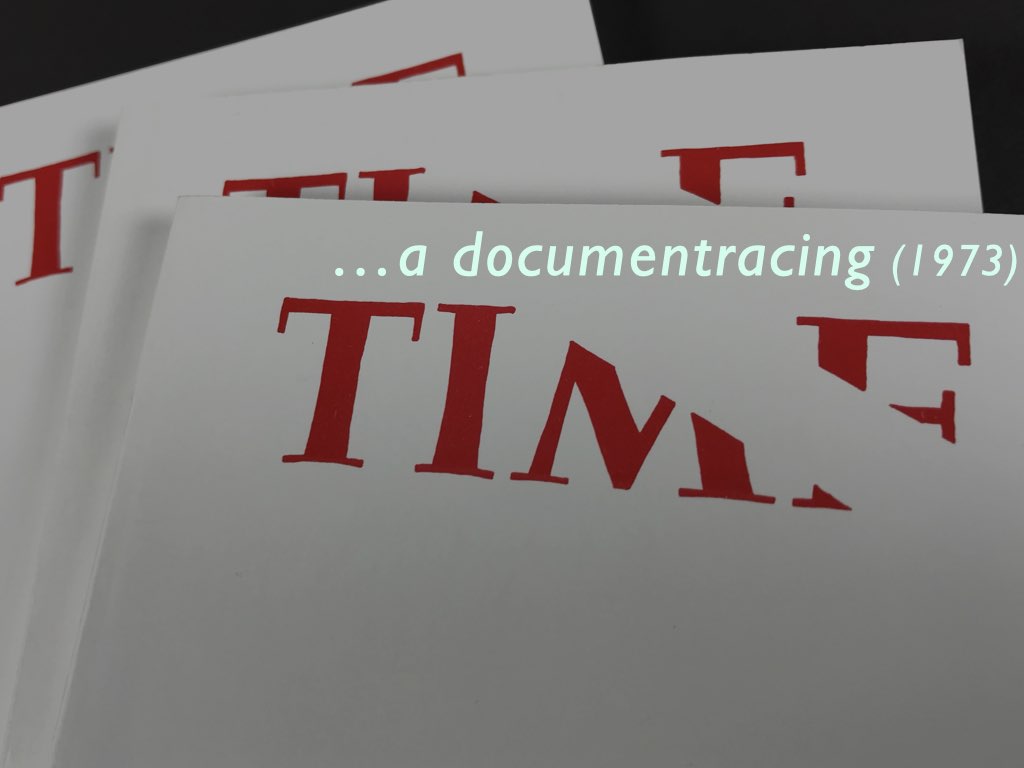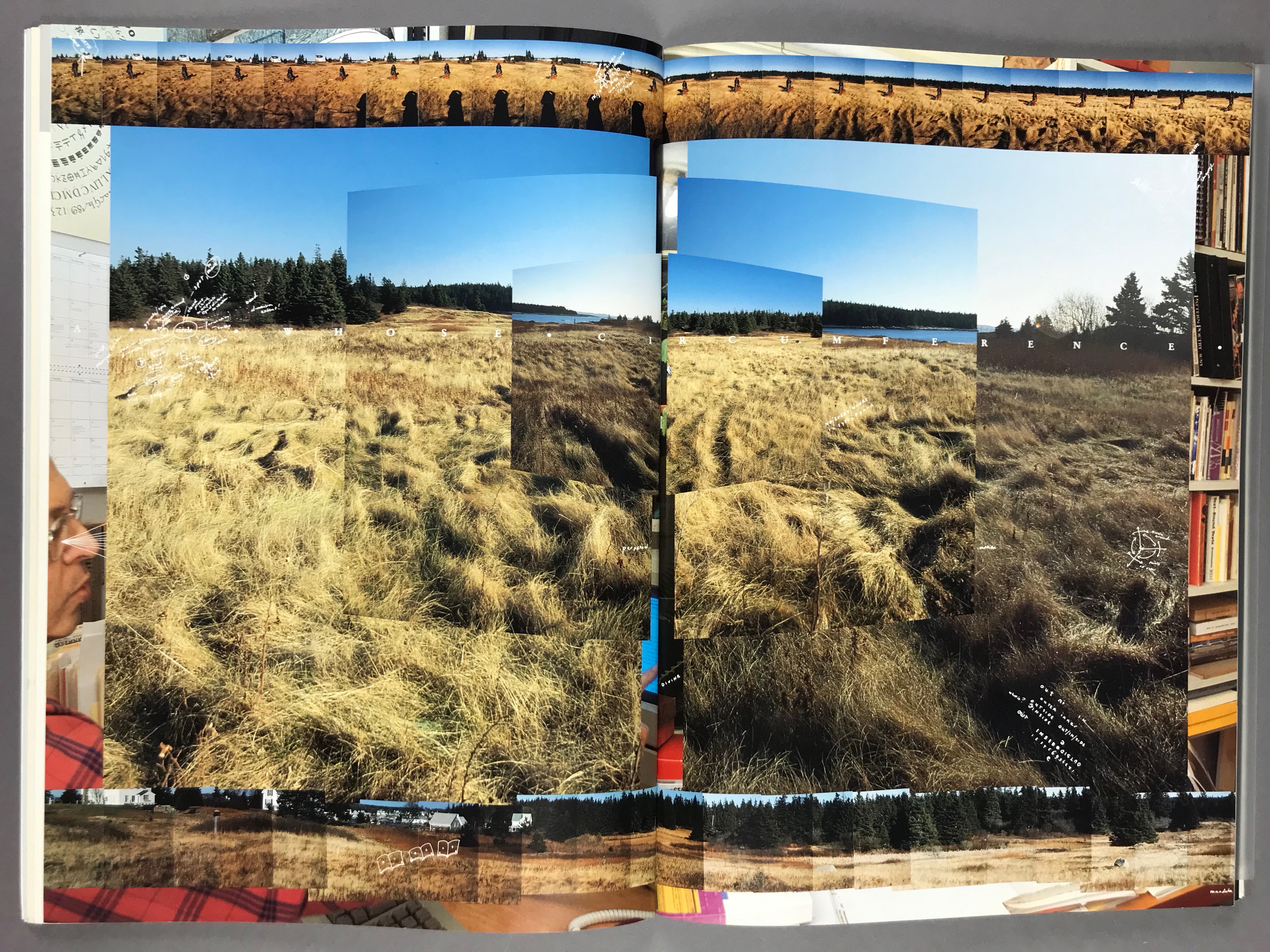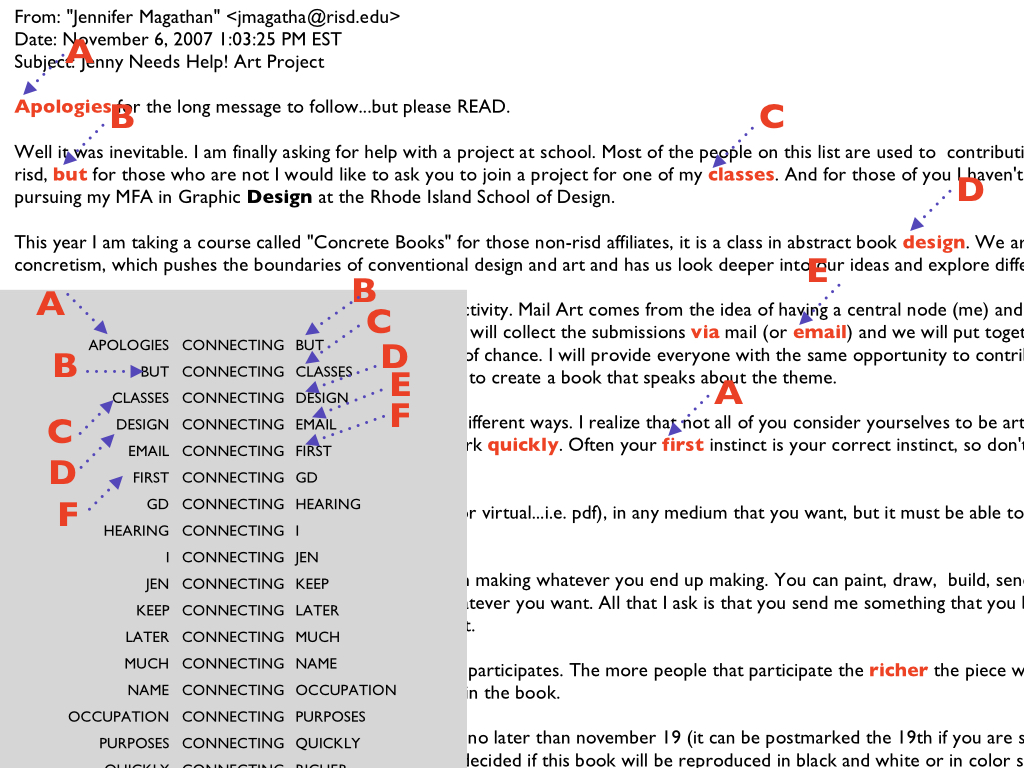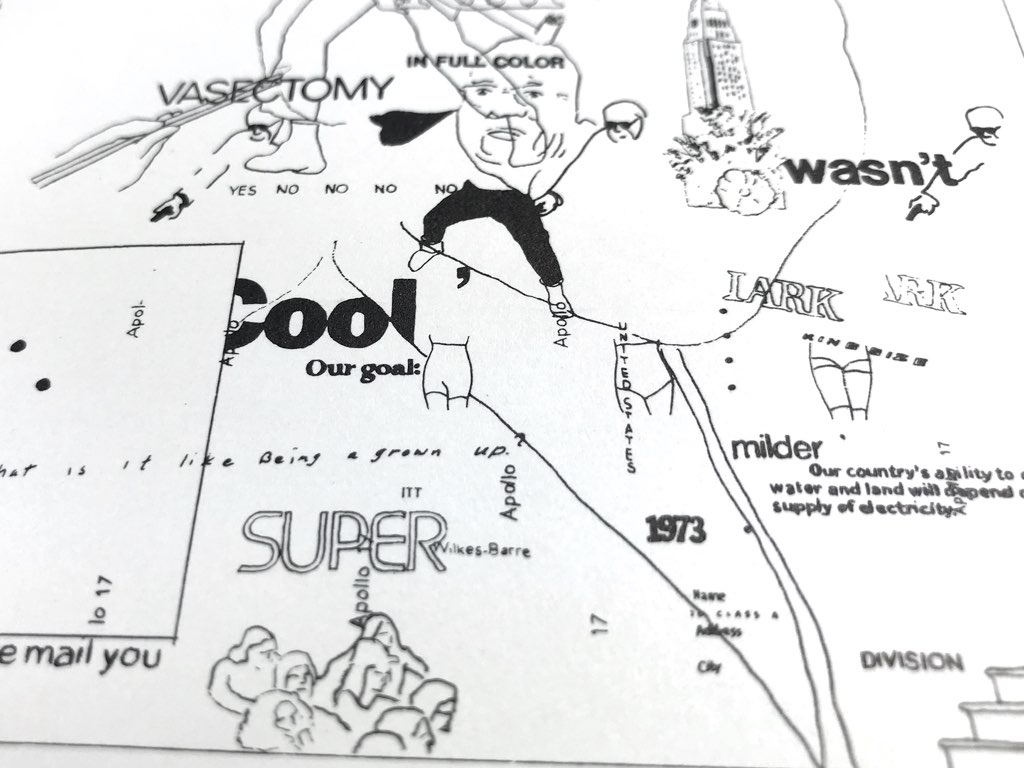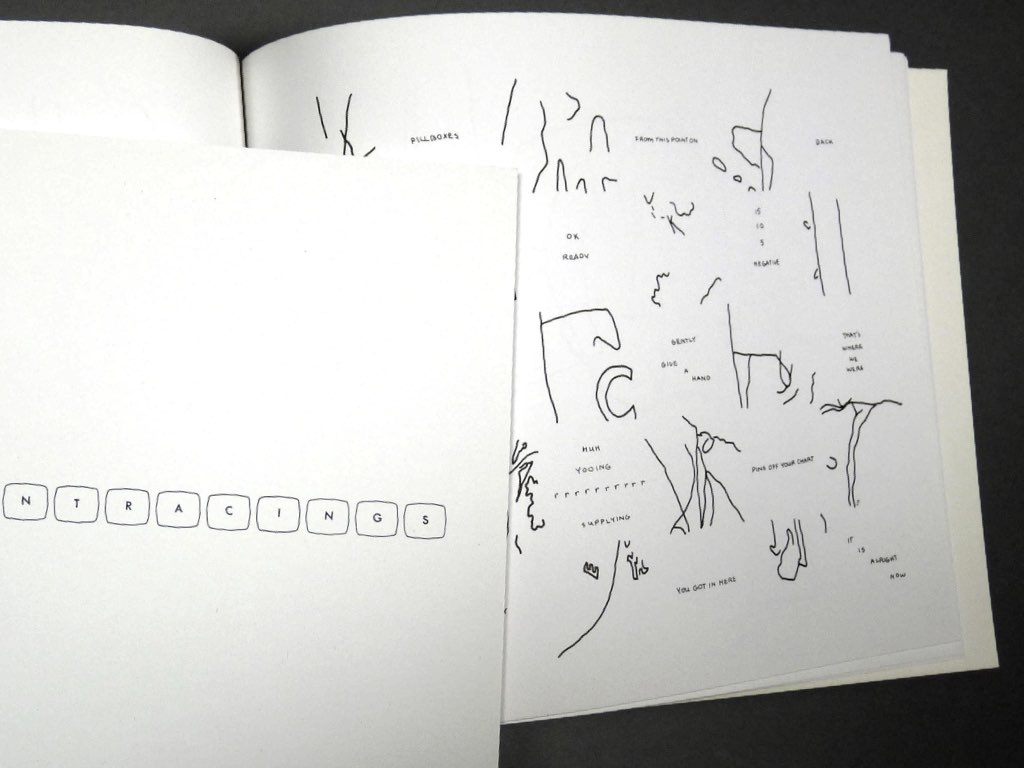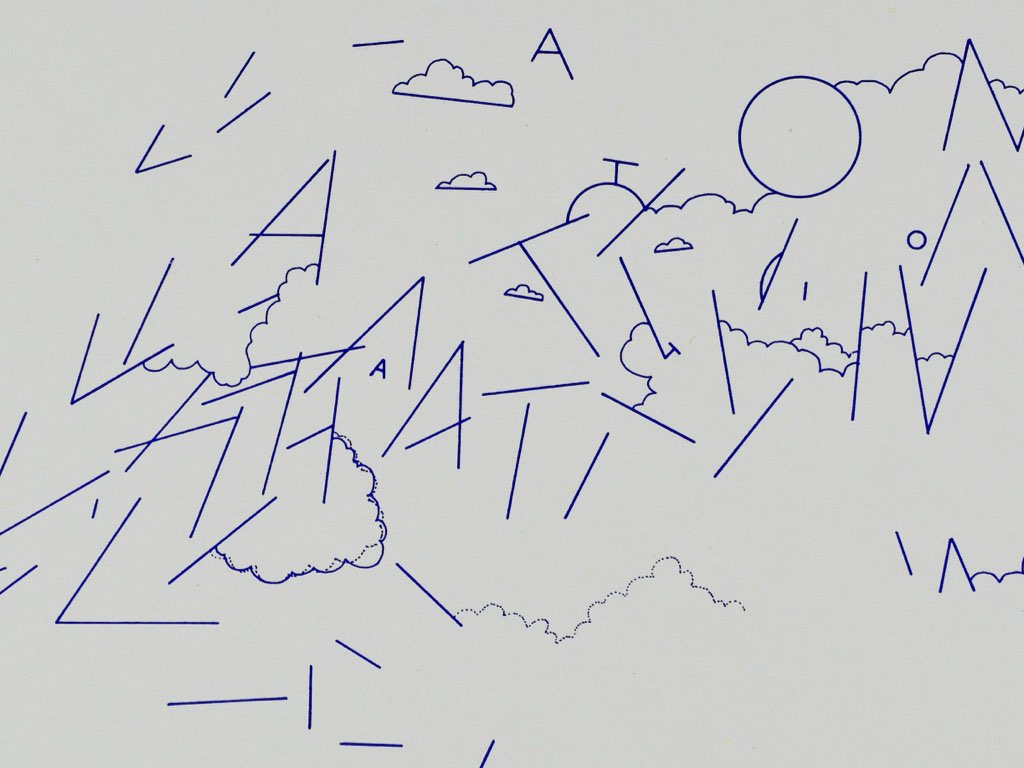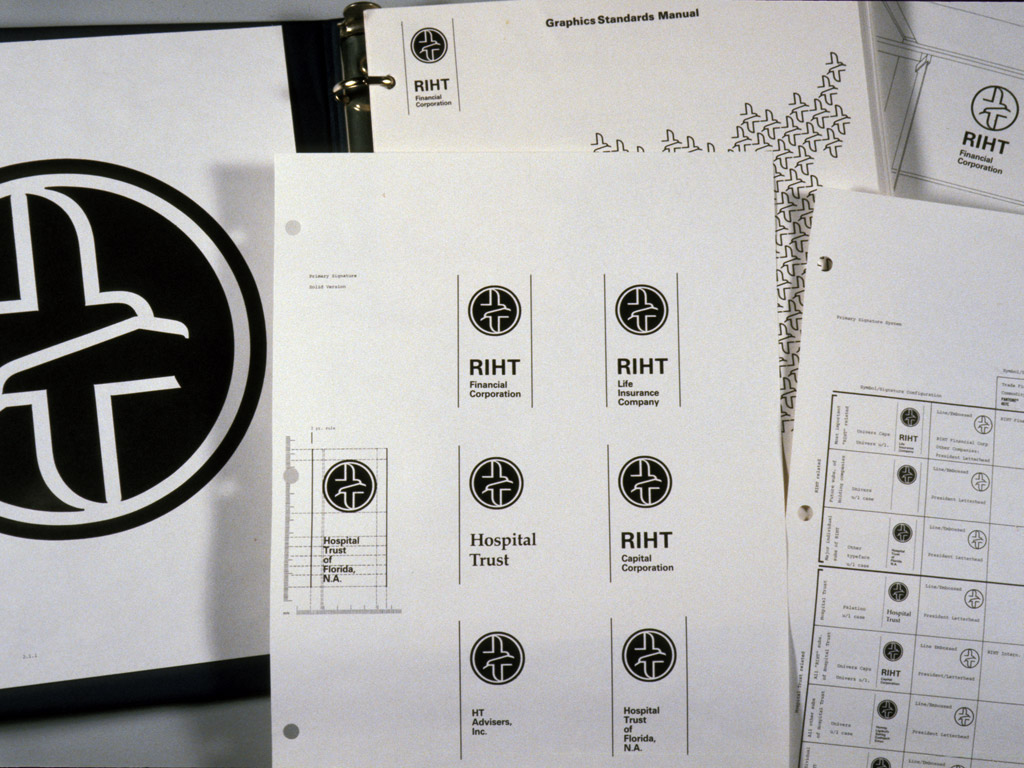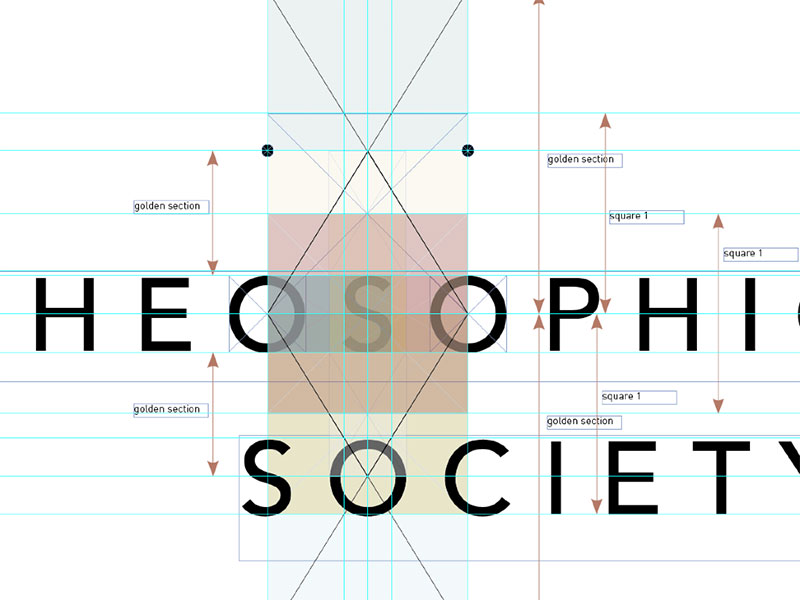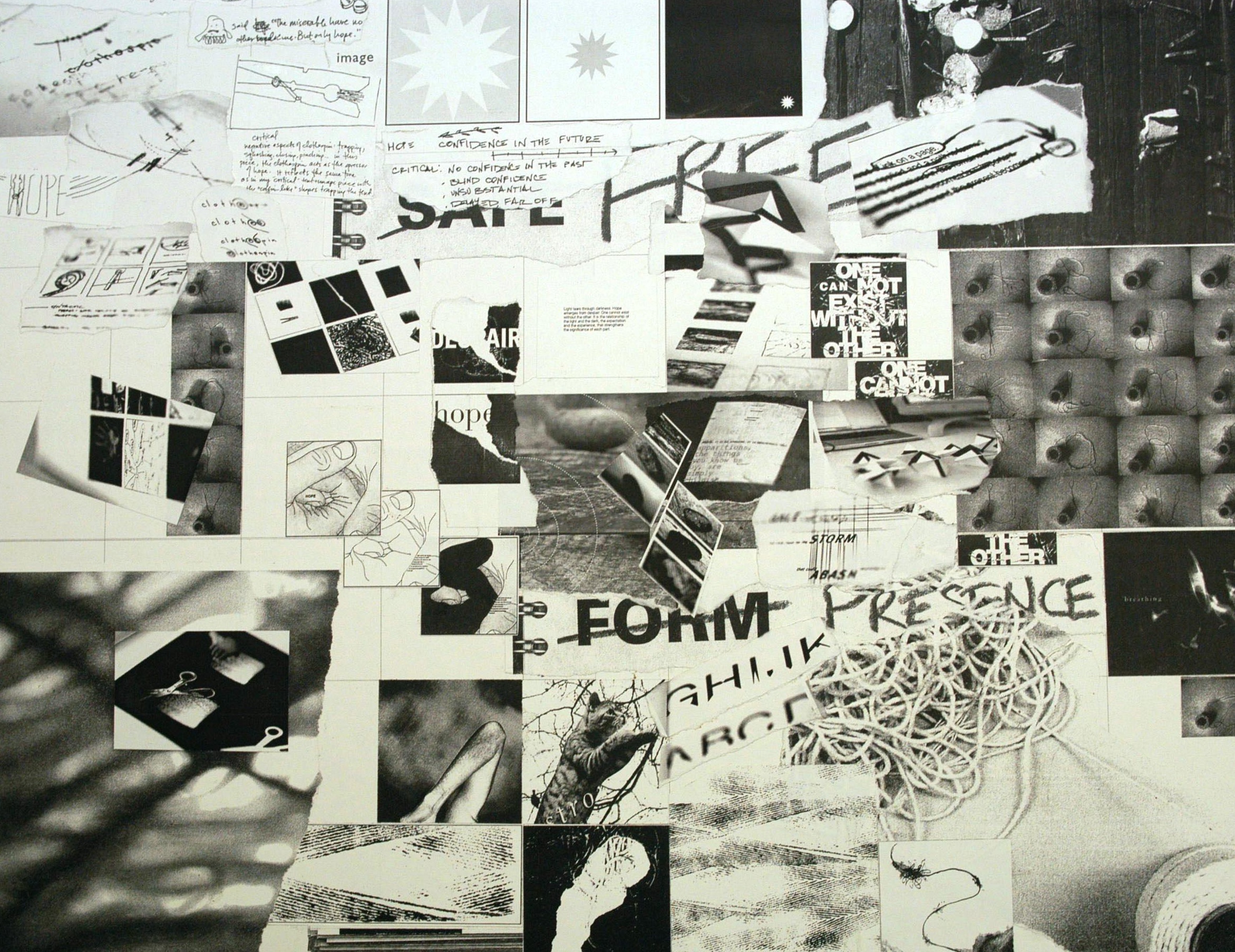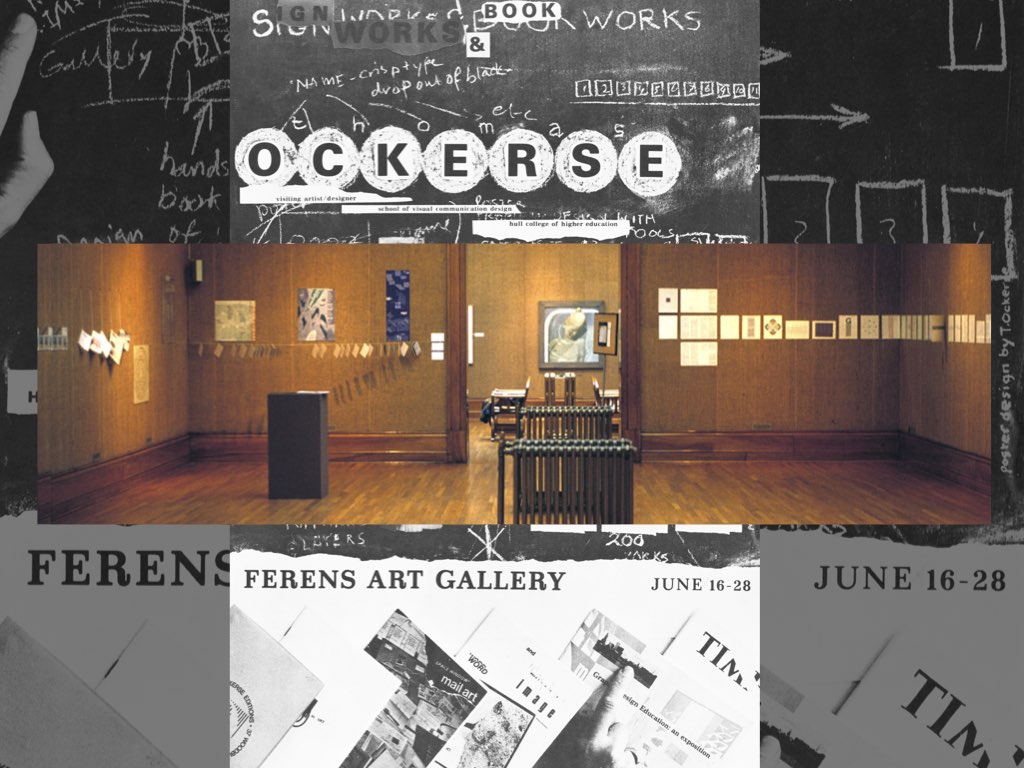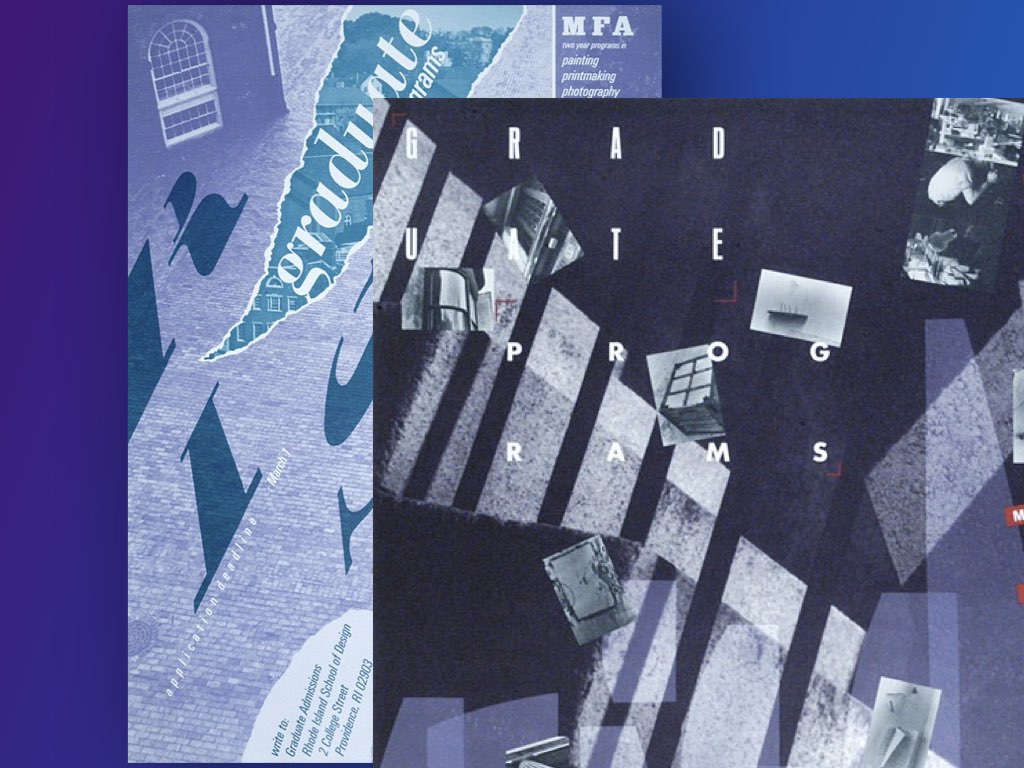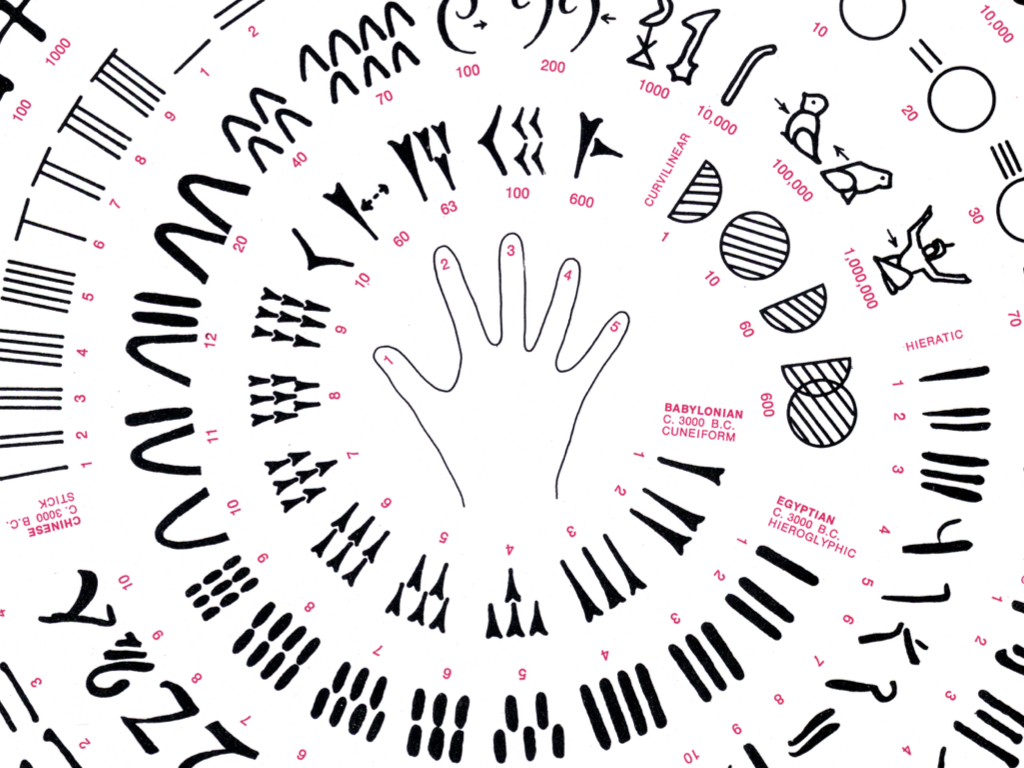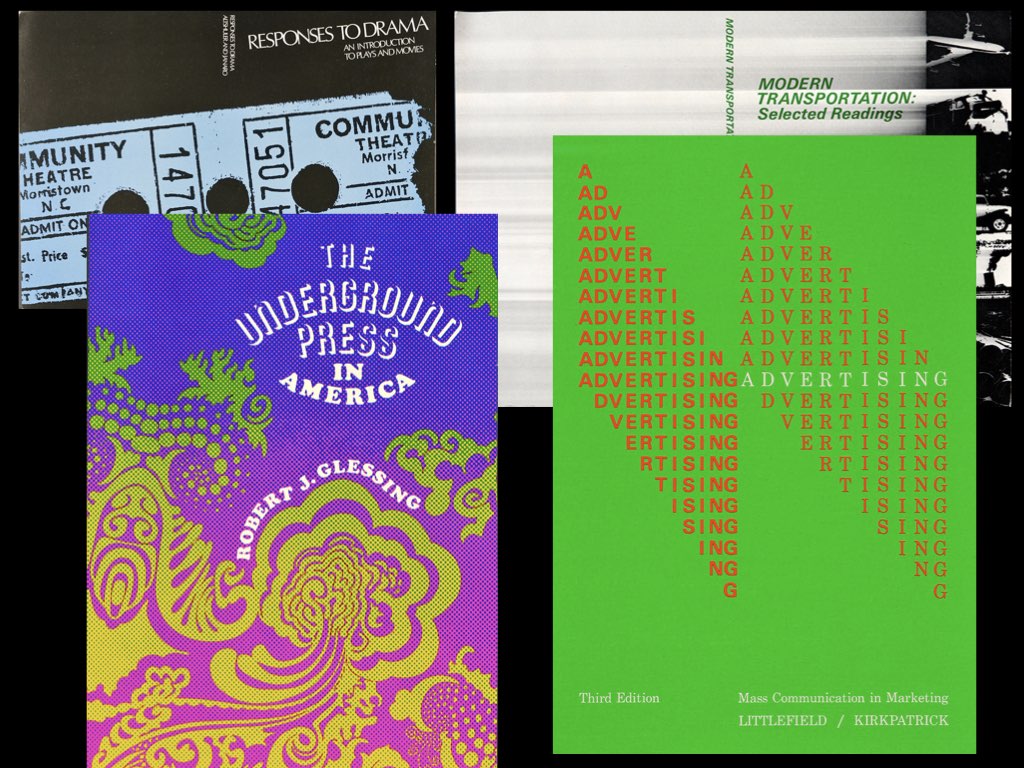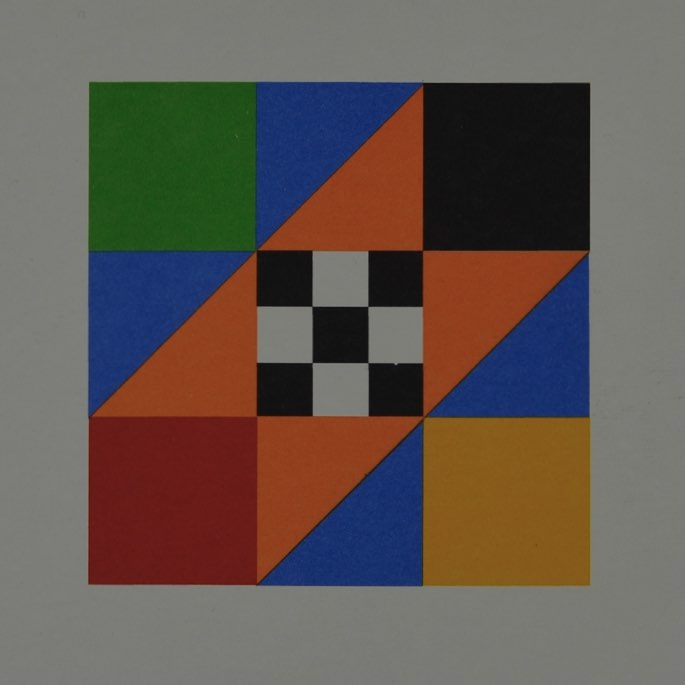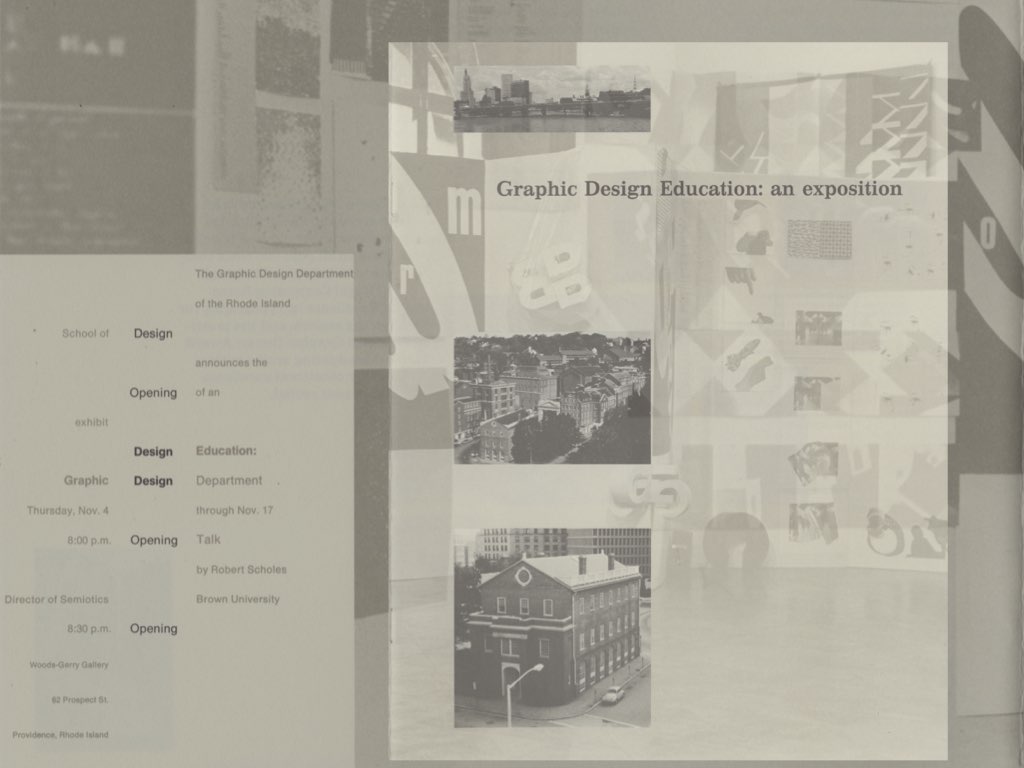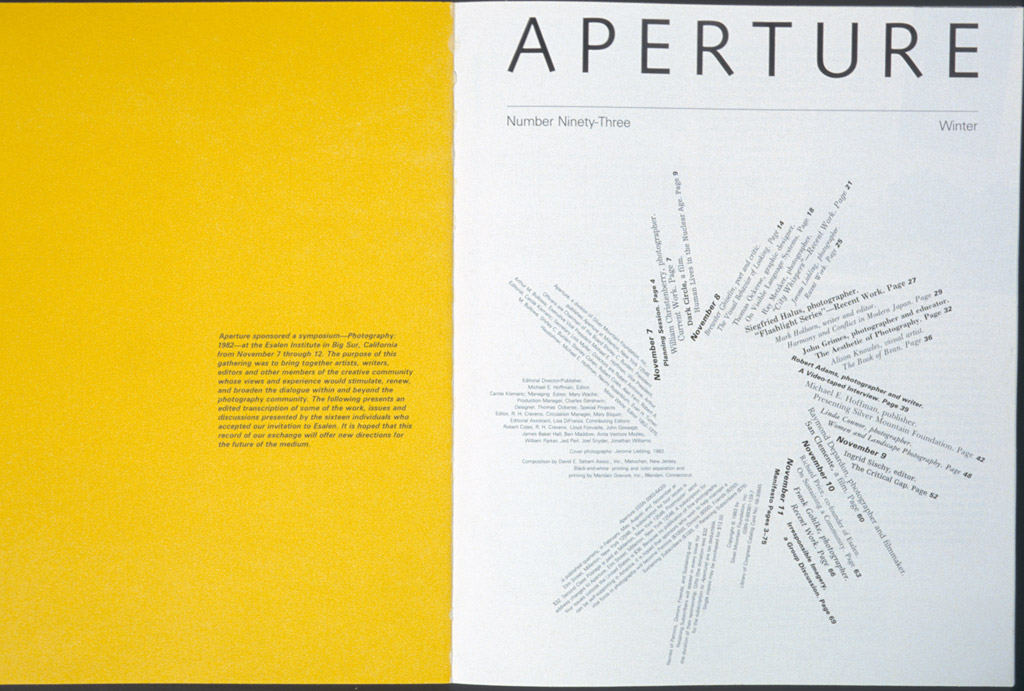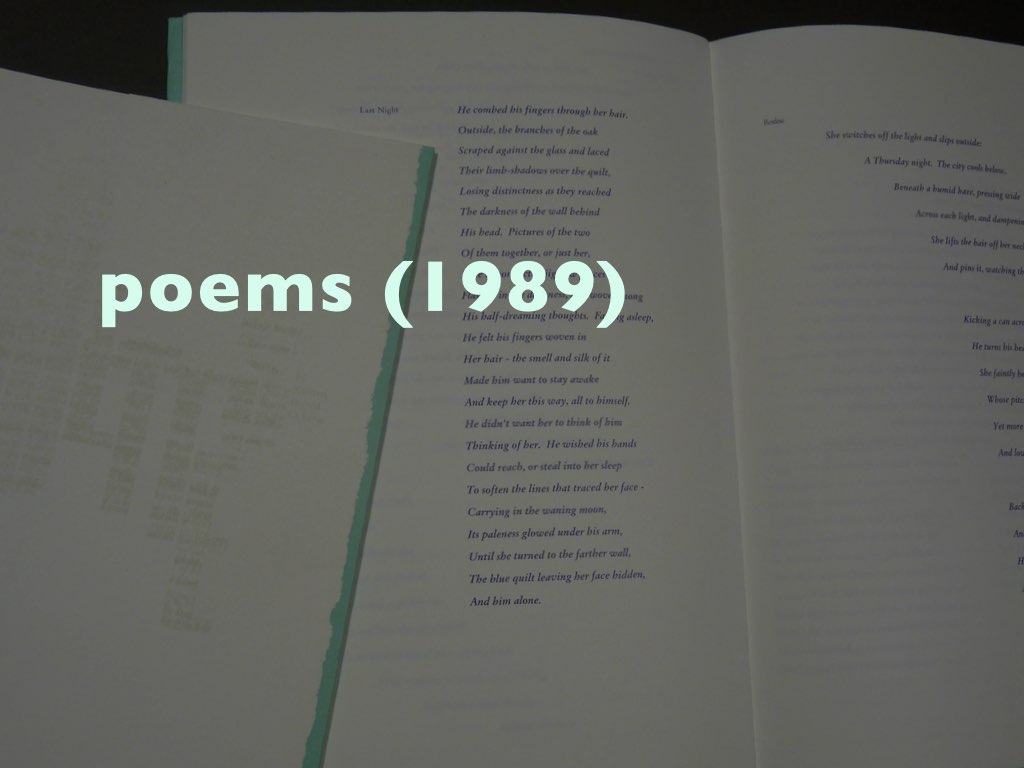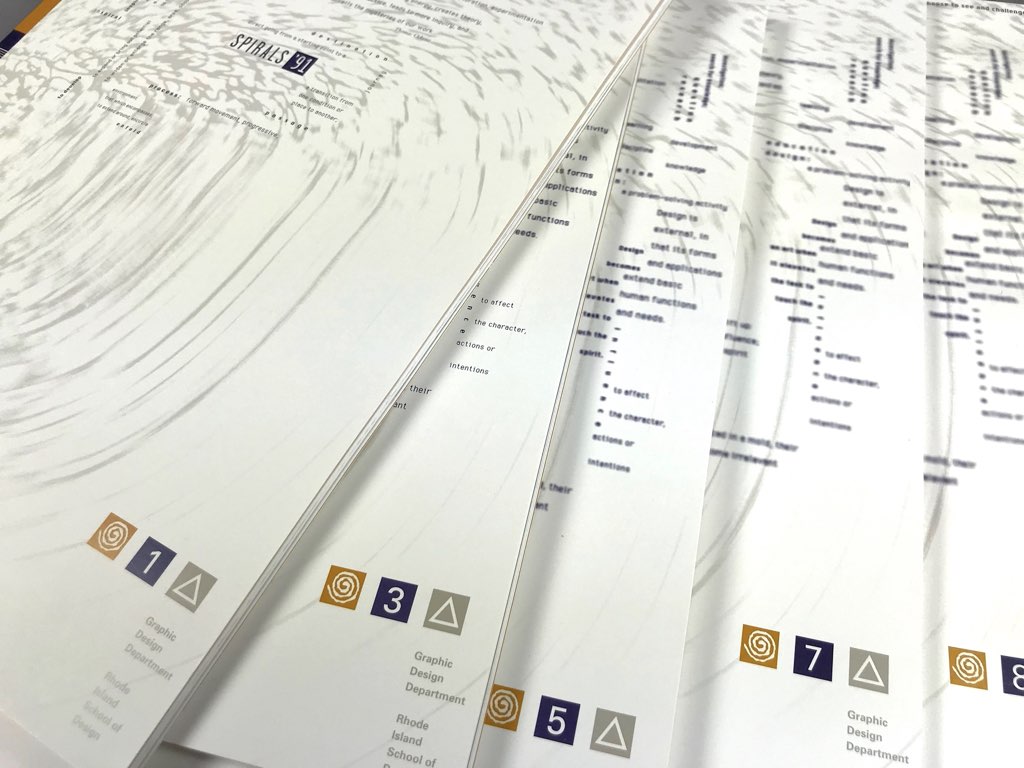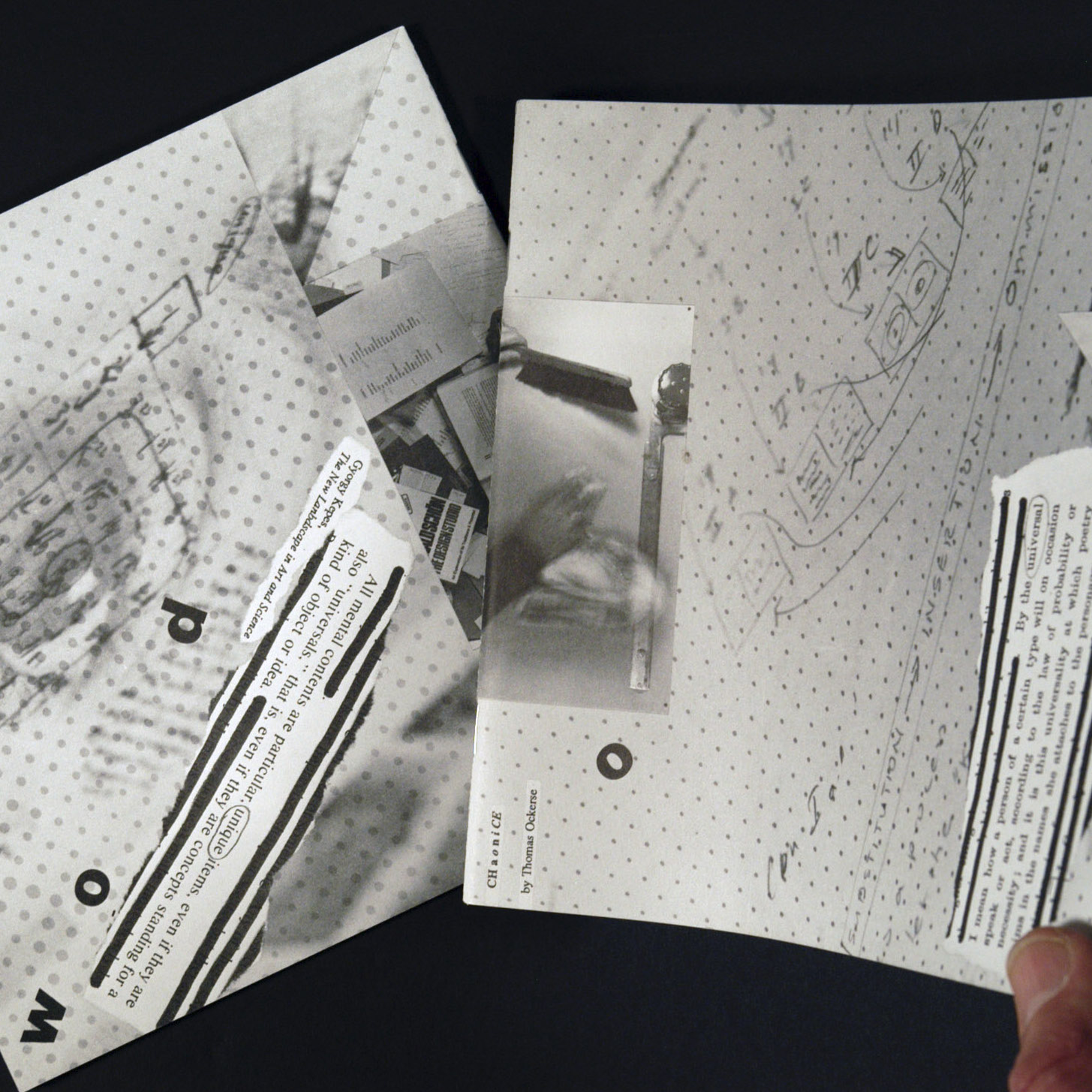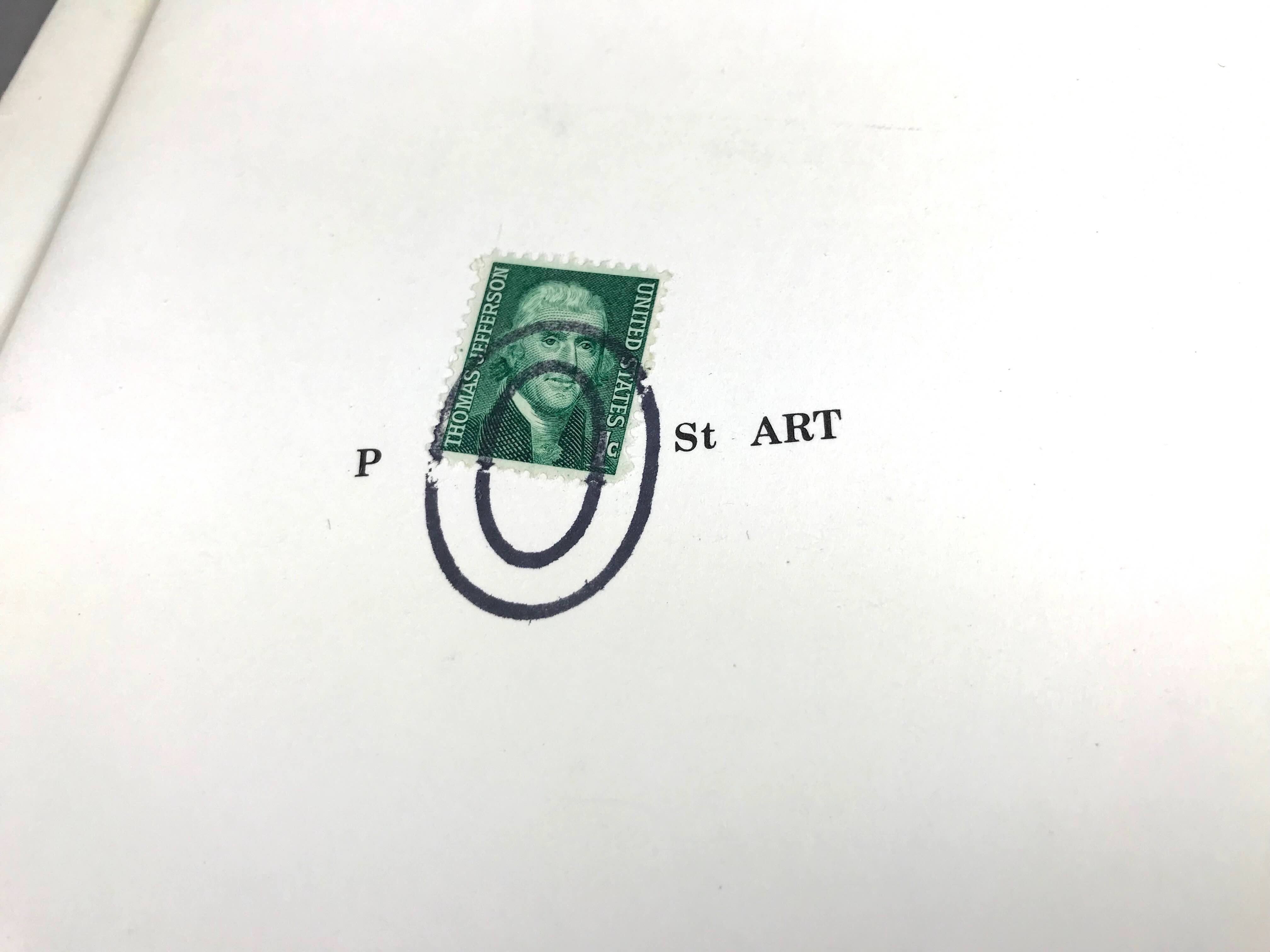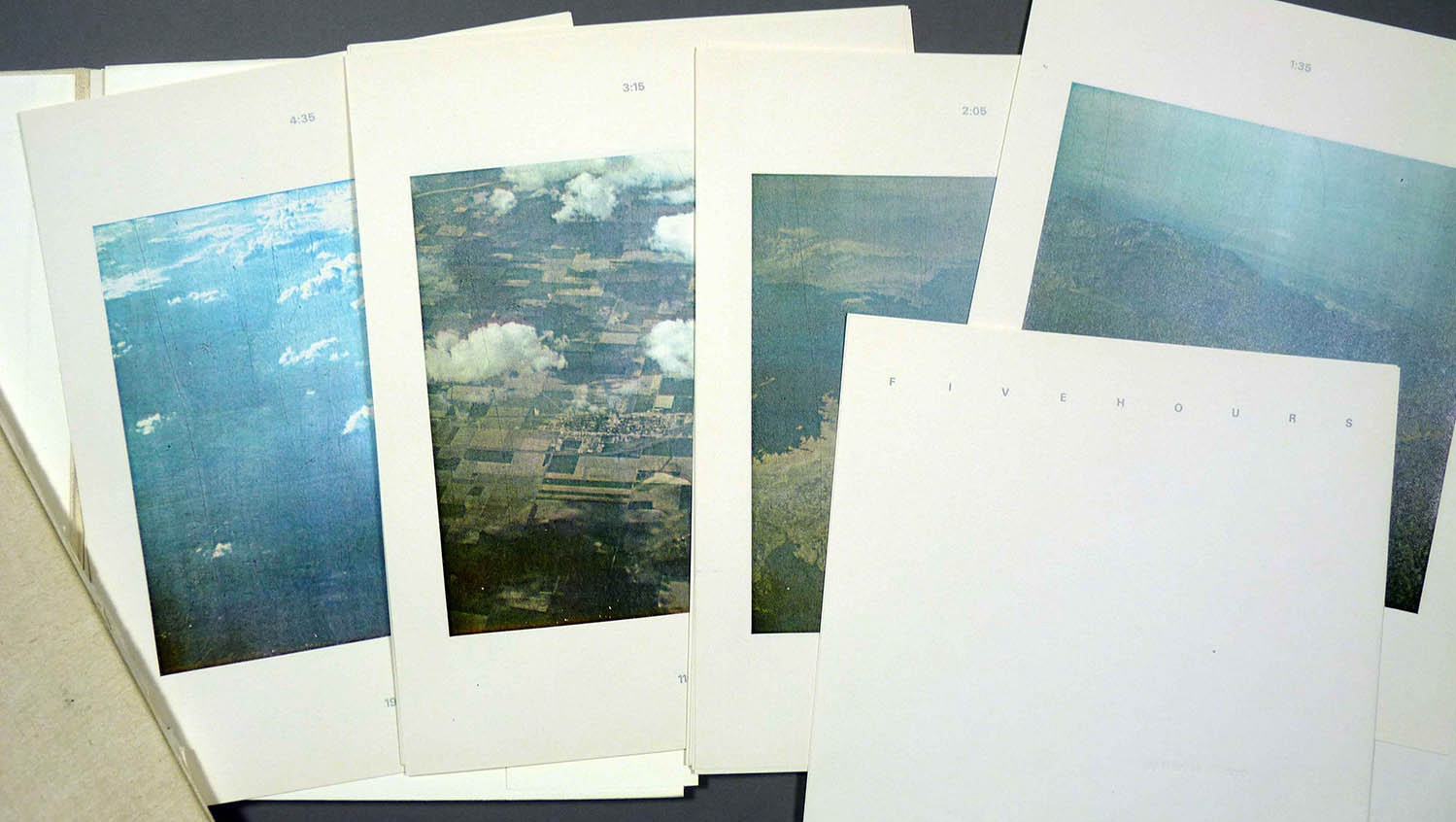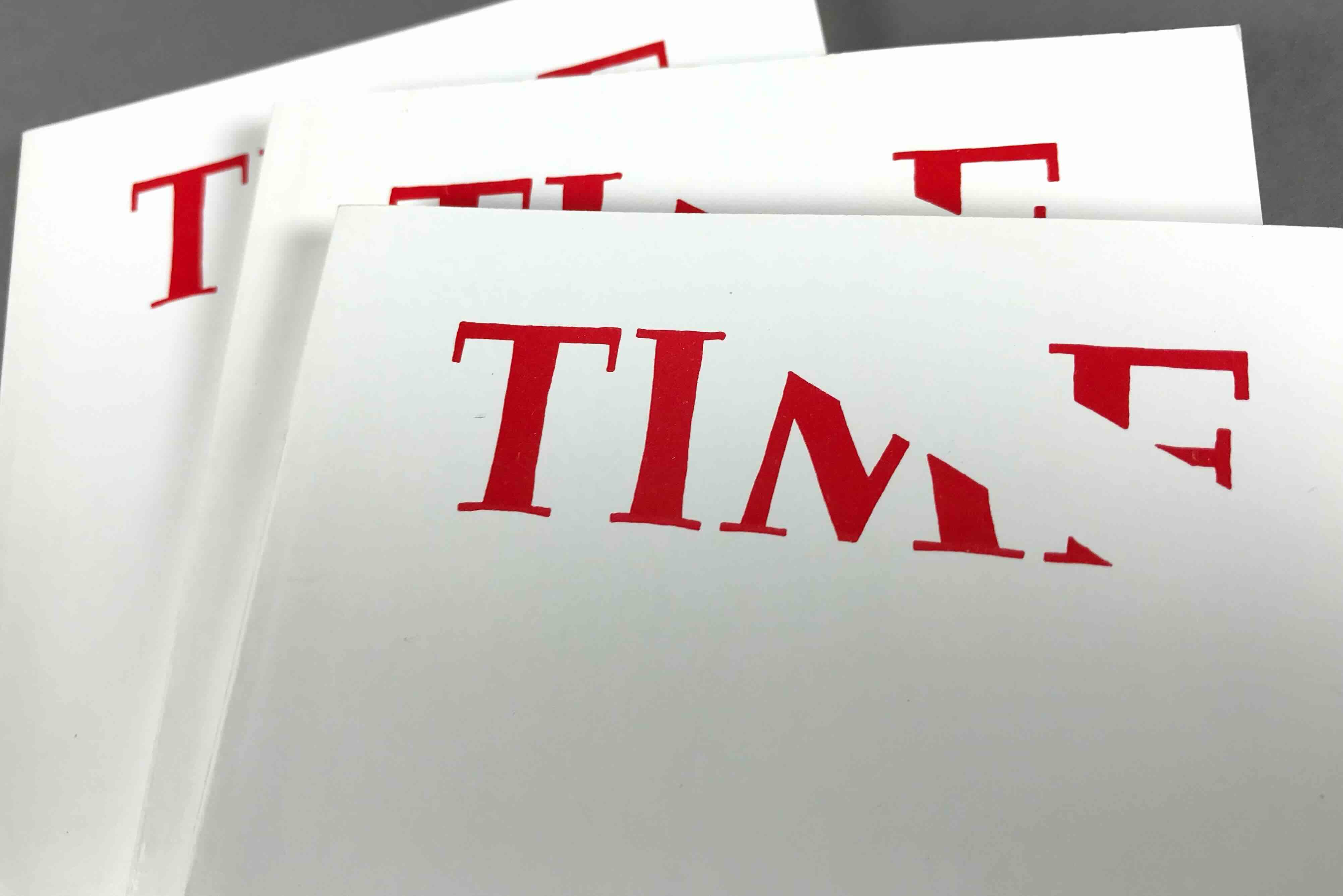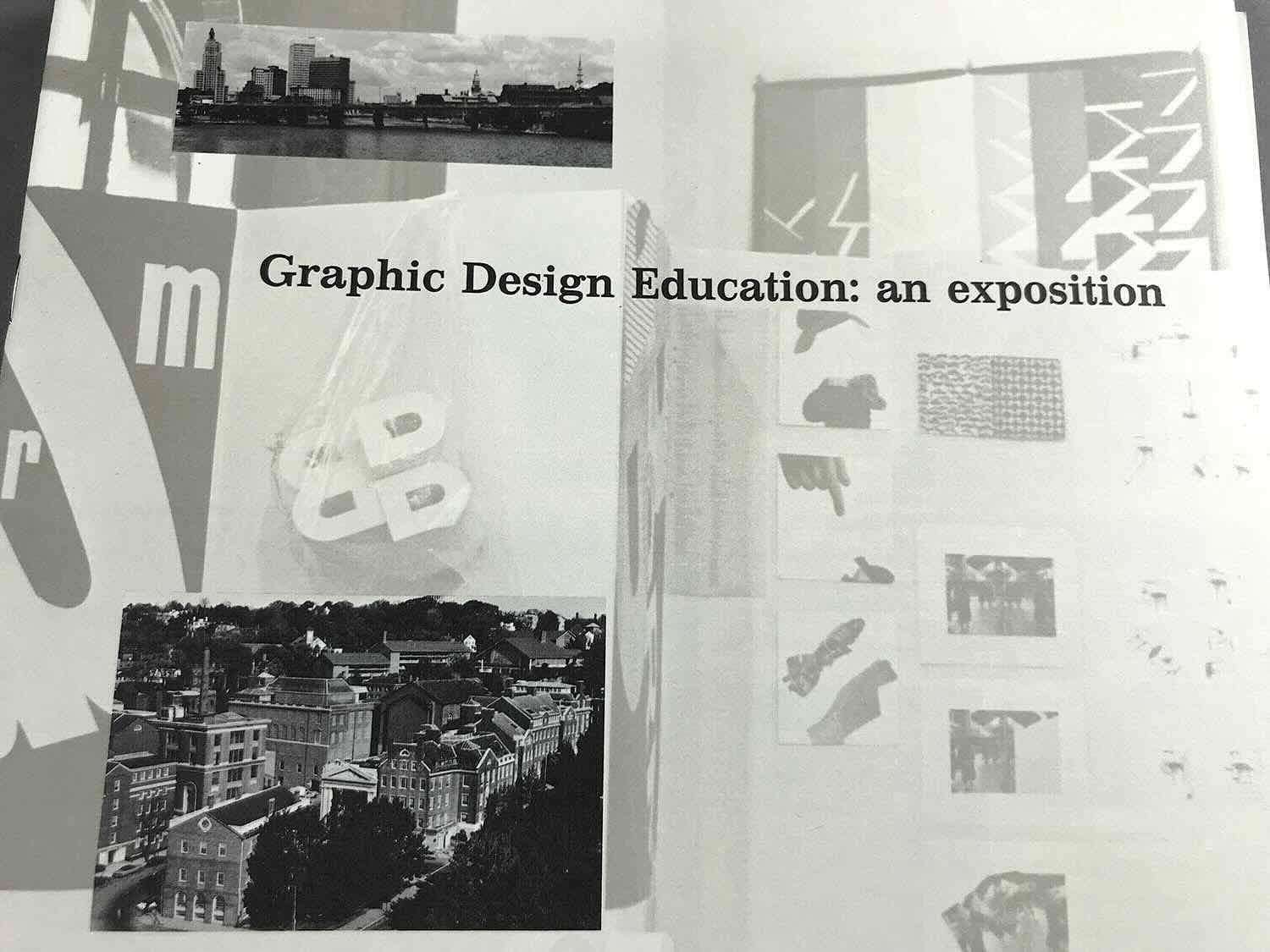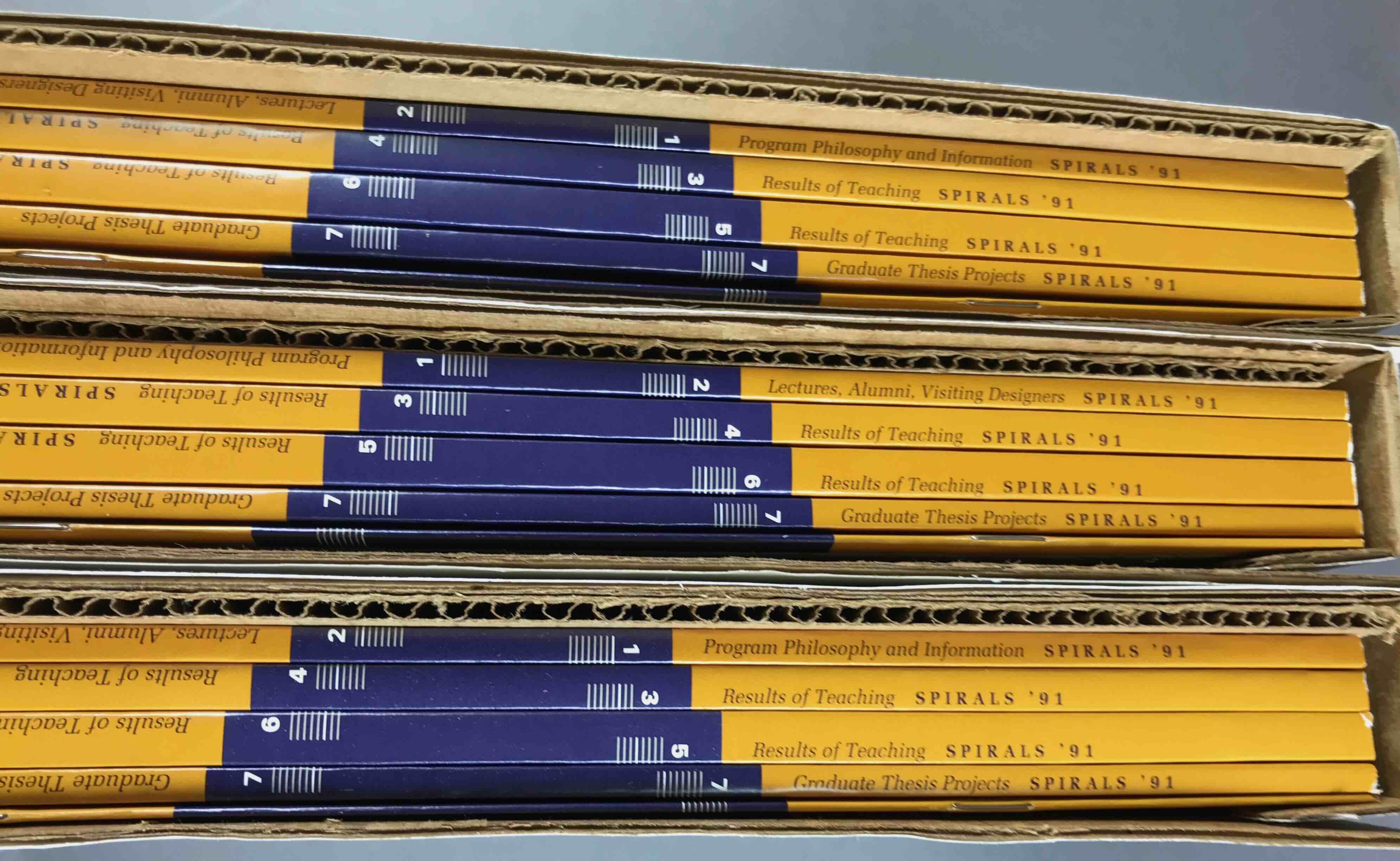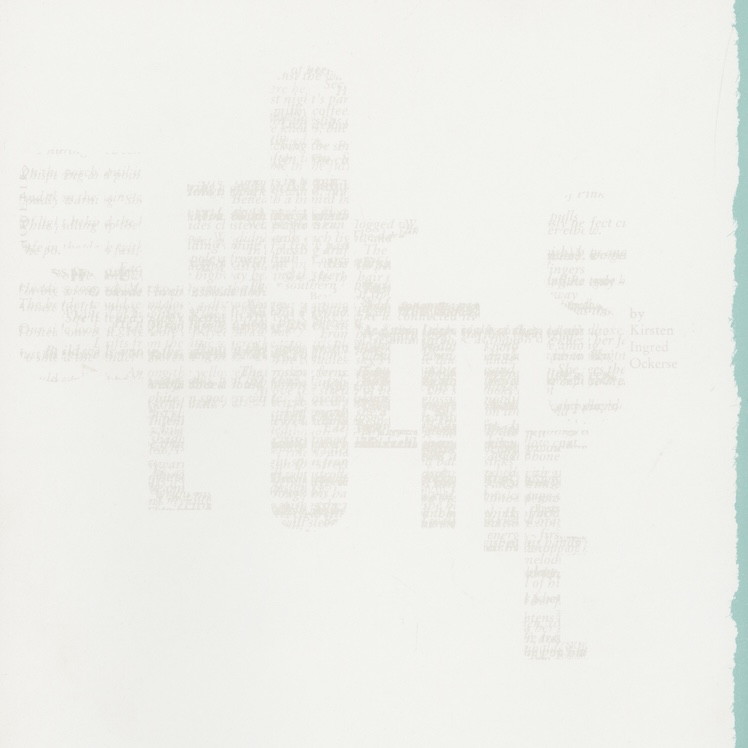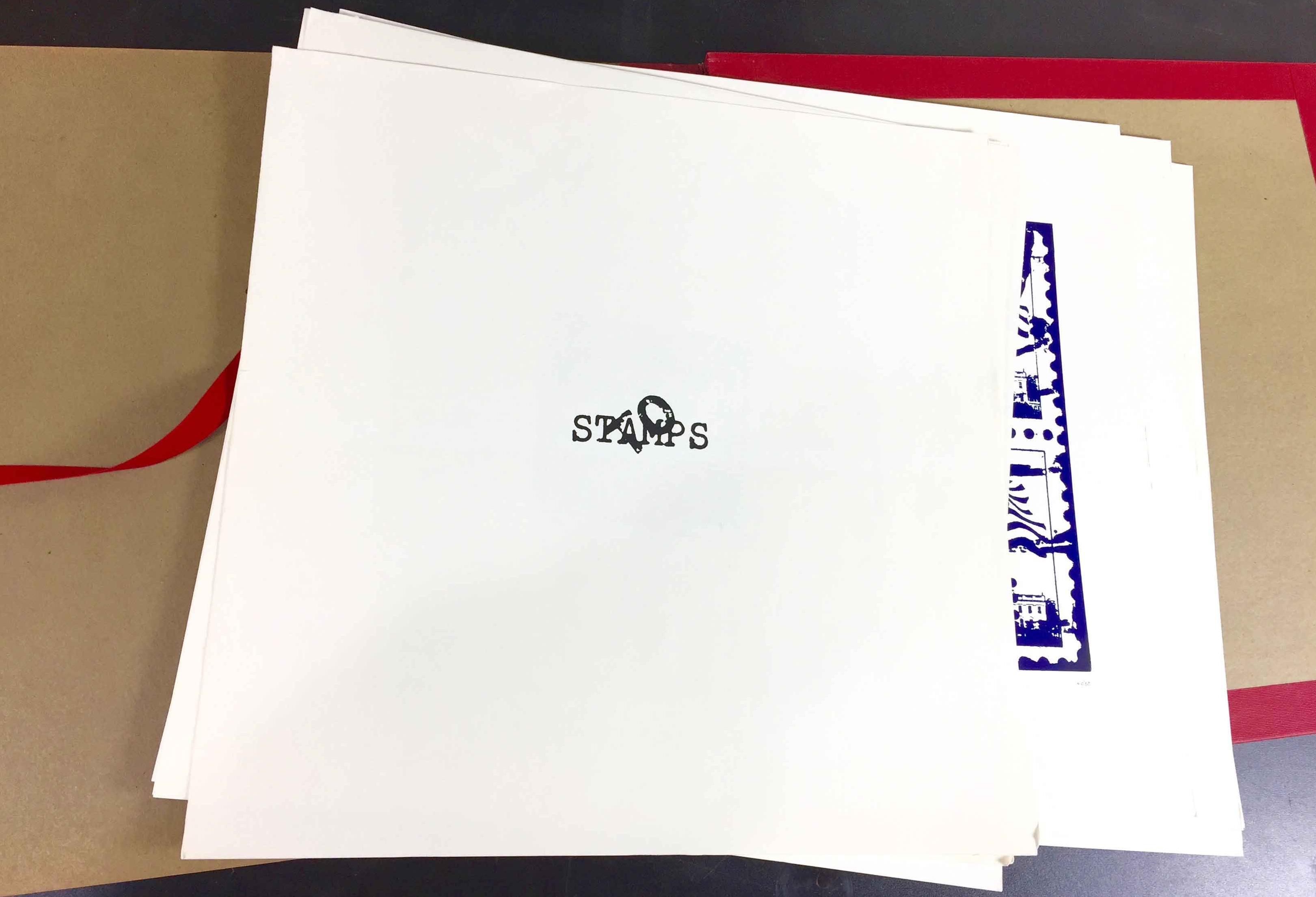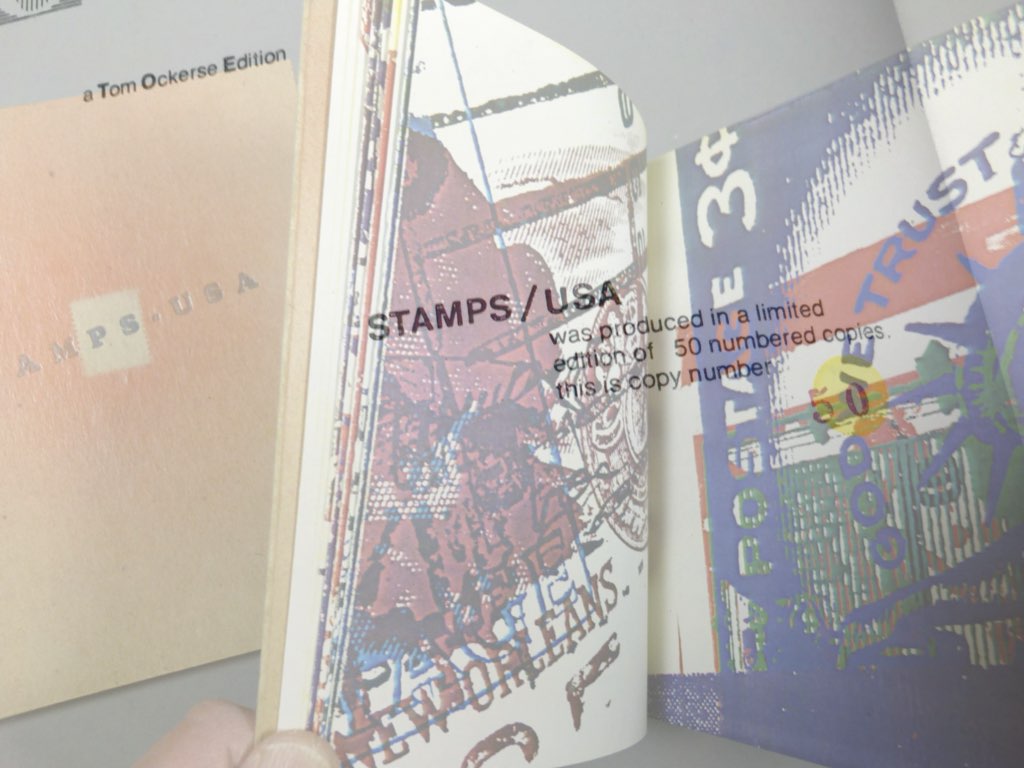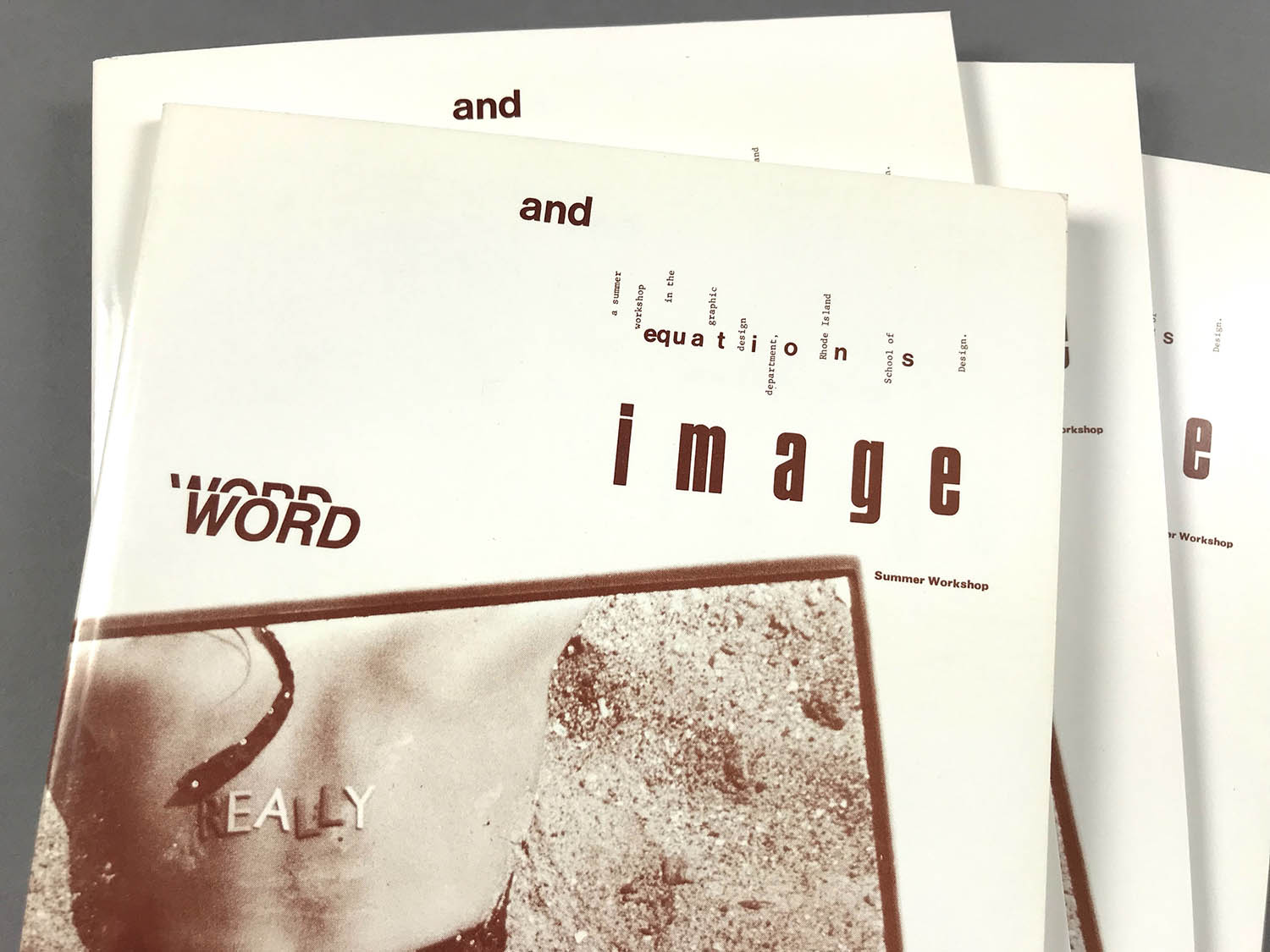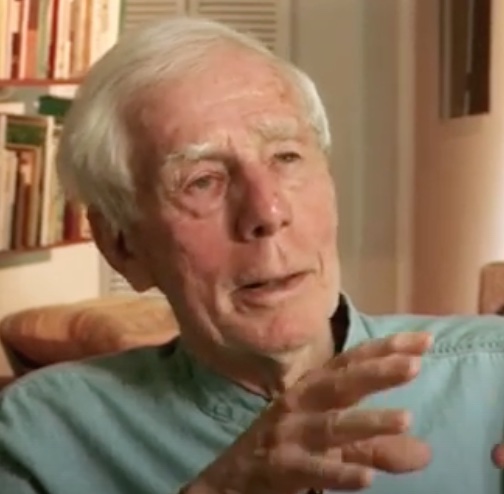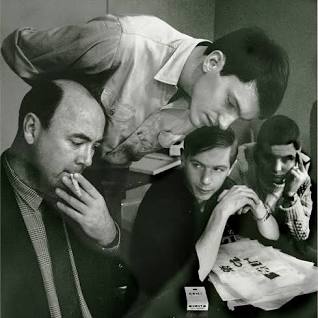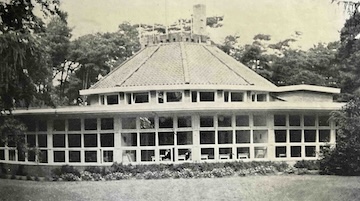The Senior BFA Degree Project is an independent project in graphic design studies that requires the student to develop a body work in consultation with a faculty advisor, culminating in a finished product. Also, the BFA Degree Project is a final course and project requirement for students to complete their RISD undergraduate education. However, it is important for each student to view the BFA Degree Project not as an “end”; rather, as a BEGINNING: an opportunity to develop a personal line of inquiry toward becoming a graphic designer.
The BFA Degree Project, defined by the student, reflects the individual’s interest in voice and practice. Like any good investigation, as students have seen so far in the design curriculum, the BFA Degree Project should be guided by questions. The goal of the BFA Degree Project is not a set of answers to those questions, but more a synthesis of the design inquiry through experimentation and articulation. Other rubrics — like theory, craft, and audience — are also important, depending on the project.
While the bulk of work occurs usually during the final (spring) semester, planning for a BFA Degree Project starts in the Fall, if not before, with a BFA Degree Project proposal due at the end of the semester. This is a chance to begin an internal conversation, along with faculty, peers and others. The BFA Degree Project should be as enjoyable as it is educational.
The departmental objectives for this project are:
• to work on an approved project interest that will demonstrate graphic design skills;
• to develop a project that reflects the theory and/or practice of the graphic design field;
• to emphasize visual search, with visual experimentation particularly encouraged;
• to take responsibility for all phases and aspects of the project with professional care.
The course Concrete Books explores the potential of the book object as a dynamic form to incite feelings, ideas, and inspirations. In that potential the book as an object is viewed especially as an interactive time/space medium for a total (or hyper) experience wherein the “reader” (or user, or experiencer of the object) is both co-pilot and co-author unfolding a narrative of ideas from what is seen, touched, heard, performed, or read.
Concrete Books explores experience and poetics as the core issues in the design process. With experience being the basis for all knowing while poetics reflects the breadth and depth of knowledge, attention to these aspects help one tap into the depth of perception and innovation. Our means for inquiry is to constantly produce bookworks via experimentation and play, supplemented by an array of relational topics (semiotics, mindfulness, perennial philosophy, indeterminacy and the spiritual in art). To optimize studio experience for production some class time includes alternate means for work, play, insight and inspiration.
The purpose and objectives are: to stimulate insight in the student’s design process and creativity; to explore design as a contemplative practice; and to inquire into wholeness and the poetics of design.
The course Design as Contemplative Practice explores mindfulness to enhance creativity. Design as Contemplative Practice explores the practice of giving pure attention to serve for true insight and to heighten the creative potential.
Design as Contemplative Practice explores the depth of perception in design as a contemplative process to unfold and enfold meaning. For this practice semiotics and mindfulness are used: semiotics as an intellectual method to probe the mechanisms of meaning; and mindfulness to go deeper into the subject of how meaning unfolds in the design process, and how to enfold meaning in the forms we produce. We will consider how the dynamics of individual consciousness plays a critical role in the design process, and how mindfulness and attention help reveal the nature of authenticity.
In studio work is both assigned and open to individual project interests (BFA Degree Project, MFA thesis, etc.) one can use of any medium. The course, studio based, includes lectures to cover historical, scientific and philosophical interests: i.e., theosophy (a modern secular representation of perennial wisdom that deeply inspired many individuals such as Kandinsky, Mondrian, TS Elliot, Scriabin, Einstein, Edison) to help us map out the ground and nature of being; Concretism (spawned by theosophy) in art, poetry, music, bookworks, and performance art; parallel inquiries by Duchamp, Cage, Fluxus, Viola; and theories that go beyond the post-modern mind such as the implicate order of wholeness, systems theory, dissonance and indeterminacy. The course requires students to come with an eager intellect, prepared to work hard with a willingness to embark on a journey with open minds to carefully attend to whatever the experience unfolds as meaning enfolds into the work that serves as poetic pillows.
Design Studio 1, a sophomore level course, envisions graphic designers as inquirers, observers, poets, editors, curators, analysts, researchers, commentators, and critics. It encourages students to experiment, discover, and play with the tools, materials, and processes of design toward self-directed ends.
Graduate Thesis is an in-depth personal inquiry into visual communication design. This introductory overview is of Thesis samples from 1979 through 1992, and of thesis projects wherein Tom Ockerse served as Primary Advisor.
With Graduate Studies assuming a leading role in the scholarly contributions to the discipline in graphic design the Graduate Thesis plays becomes an opportunity for an in-depth personal inquiry into visual communication design. However, the stress remains on theory in the thesis project. Why theory? Derived from the Greek word for contemplation and mental conception, theory reflects their synthesis, and not mere analysis. Through theory we develop a heightened sense of understanding and consequent action.
The key to understanding focusses on paying attention, which is awareness (in contrast to self-indulgence, narcissism, and pretentious intellectual endeavor). Without theory we limit our capacity to act. Theory reflects a refined, deepened level of perception: to perceive the underlying abstract principles within the concrete (e.g., proportion in form, nutrition in food, harmony in music). Whenever we “exercise a principle” we exercise a theory. In that sense, theory and practice go hand in hand. Indeed, they are paradoxically one and the same representing merely two extremes of action.
To “understand” implies linking and embracing both: the concrete and the abstract, the external and the internal, the practical and the poetical. This forms a dynamic synthesis, only possible through care in observation and mindful action. From this basis a graduate thesis reveals and not merely represents—and therefore becomes an act of substance.
The Graduate Thesis is a RISD general requirement. Hence, as and MFA requirement in Graphic Design this reflects the thesis work from its beginning on, in 1979—when Tom Ockerse initiated and headed the program. Tom continued his leading role in that program until 2003, when he stepped down as Graduate Program Head. However, he continued to engage as Primary Thesis Advisor for many students until his retirement in 2018. While many students have attended the MFA program ever since 1979, this website only shares Graduate Thesis projects in which Tom Ockerse played the role as Primary Advisor. However, the Graduate Thesis always involves team of faculty as advisors, ranging from primary to general roles (including members from programs outside the major), and these teams are noted relative to the samples.
Graduate Thesis is an in-depth personal inquiry into visual communication design. This introductory overview is of Thesis samples from 1992 through 2001, wherein Tom Ockerse served as Primary Advisor.
With Graduate Studies assuming a leading role in the scholarly contributions to the discipline in graphic design the Graduate Thesis plays becomes an opportunity for an in-depth personal inquiry into visual communication design. However, the stress remains on theory in the thesis project. Why theory? Derived from the Greek word for contemplation and mental conception, theory reflects their synthesis, and not mere analysis. Through theory we develop a heightened sense of understanding and consequent action.
The key to understanding focusses on paying attention, which is awareness (in contrast to self-indulgence, narcissism, and pretentious intellectual endeavor). Without theory we limit our capacity to act. Theory reflects a refined, deepened level of perception: to perceive the underlying abstract principles within the concrete (e.g., proportion in form, nutrition in food, harmony in music). Whenever we “exercise a principle” we exercise a theory. In that sense, theory and practice go hand in hand. Indeed, they are paradoxically one and the same representing merely two extremes of action.
To “understand” implies linking and embracing both: the concrete and the abstract, the external and the internal, the practical and the poetical. This forms a dynamic synthesis, only possible through care in observation and mindful action. From this basis a graduate thesis reveals and not merely represents—and therefore becomes an act of substance.
The Graduate Thesis is a RISD general requirement. Hence, as and MFA requirement in Graphic Design this reflects the thesis work from its beginning on, in 1979—when Tom Ockerse initiated and headed the program. Tom continued his leading role in that program until 2003, when he stepped down as Graduate Program Head. However, he continued to engage as Primary Thesis Advisor for many students until his retirement in 2018. While many students have attended the MFA program ever since 1979, this website only shares Graduate Thesis projects in which Tom Ockerse played the role as Primary Advisor. However, the Graduate Thesis always involves team of faculty as advisors, ranging from primary to general roles (including members from programs outside the major), and these teams are noted relative to the samples.
Graduate Thesis is an in-depth personal inquiry into visual communication design. This introductory overview is of Thesis samples from 2000 through 2007, wherein Tom Ockerse served as Primary Advisor.
With Graduate Studies assuming a leading role in the scholarly contributions to the discipline in graphic design the Graduate Thesis plays becomes an opportunity for an in-depth personal inquiry into visual communication design. However, the stress remains on theory in the thesis project. Why theory? Derived from the Greek word for contemplation and mental conception, theory reflects their synthesis, and not mere analysis. Through theory we develop a heightened sense of understanding and consequent action.
The key to understanding focusses on paying attention, which is awareness (in contrast to self-indulgence, narcissism, and pretentious intellectual endeavor). Without theory we limit our capacity to act. Theory reflects a refined, deepened level of perception: to perceive the underlying abstract principles within the concrete (e.g., proportion in form, nutrition in food, harmony in music). Whenever we “exercise a principle” we exercise a theory. In that sense, theory and practice go hand in hand. Indeed, they are paradoxically one and the same representing merely two extremes of action.
To “understand” implies linking and embracing both: the concrete and the abstract, the external and the internal, the practical and the poetical. This forms a dynamic synthesis, only possible through care in observation and mindful action. From this basis a graduate thesis reveals and not merely represents—and therefore becomes an act of substance.
The Graduate Thesis is a RISD general requirement. Hence, as and MFA requirement in Graphic Design this reflects the thesis work from its beginning on, in 1979—when Tom Ockerse initiated and headed the program. Tom continued his leading role in that program until 2003, when he stepped down as Graduate Program Head. However, he continued to engage as Primary Thesis Advisor for many students until his retirement in 2018. While many students have attended the MFA program ever since 1979, this website only shares Graduate Thesis projects in which Tom Ockerse played the role as Primary Advisor. However, the Graduate Thesis always involves team of faculty as advisors, ranging from primary to general roles (including members from programs outside the major), and these teams are noted relative to the samples.
TexTperience/TexTperiment is a course for open search and experimentation. It encourages experiments with the way we experience the visible word, and how visual form can serve its depth and breadth for meaning.
We consider how the visible form of the word can serve its purpose to read, frame, engage and inspire the depth and breadth of meaning. After some brief introductory work to establish common ground, the course format becomes an open laboratory for individual (OR collaborative) interests and inquiries, such as to explore: the de/re/con/struction of words; letters/words in 3-d space, in motion, on the screen, projected, performed; words and the sensory experience of materiality, sound, projection; text in public environments, virtual spaces (posters? branding? sculpture? visual poetry? etc.); and whatever one’s interest is and can envision.
As a studio course making and visual thinking are emphasized. Topics for inquiry can range from the practical to the poetical to the pure experimental. Course work can supplement other course interests (such as thesis work and degree projects). Not forgetting that letters serve the purpose to make words visible, we consider how the visual form can serve that purpose to help frame, engage, narrate and inspire the depth and breadth of meaning. The focus is on in-depth inquiry and experimentation to liberate & empower our interests.
The course Visual Systems investigates the nature and dynamics of wholeness: the tension between parts and wholes; how systems connect, relate and influence parts in relationship; and how these principles can serve the purpose of designed products.
Human beings are, intrinsically organizers and pattern seekers, apparently due to a drive within us toward wholeness and integration for a sense of order, harmony, and unity in everything we are compelled to perceive this universe of complexity (including our personal relationship to it) as an operating “system” having underlying rules for principles that serve structure, meaning and function.
Hence, system thinking plays a significant role in every part of our lives, whether we do so consciously or instinctively, and so becomes a natural inherent feature in design, in every part of design without exception.
This course Visual Systems is an inquiry into systems thinking. This inquiry reflects two aspects of design: a) system as a way of looking at objects in their holistic sense as product of interacting parts and principles (from contrast, hierarchy, pattern, grid, proportion, symmetry, to narrative, information, networking, etc.); and b) as a generating system to create objects—i.e., a process for search to invent and innovate in an apparent universe of synchronous order and chance.
Although systems theory opens a vast territory of potentially related design interests (e.g., social, cultural, environmental, etc.) we focus on the dynamics of the visual language to open perceptual awareness and deepen insight into the nature of design, with our main question being: how can we reveal the subtle in the obvious, the limitless in the limited?
